Stubborn, Troublemaker, Workaholic, Addict, Ethical, Perfectionist…
Welcome to Episode 3 of DPC’s educational series on the Masters of Photography. In this episode, we are discussing the work of W. Eugene Smith who was a prolific visual storyteller and who has set the standard for every photojournalist ever since.
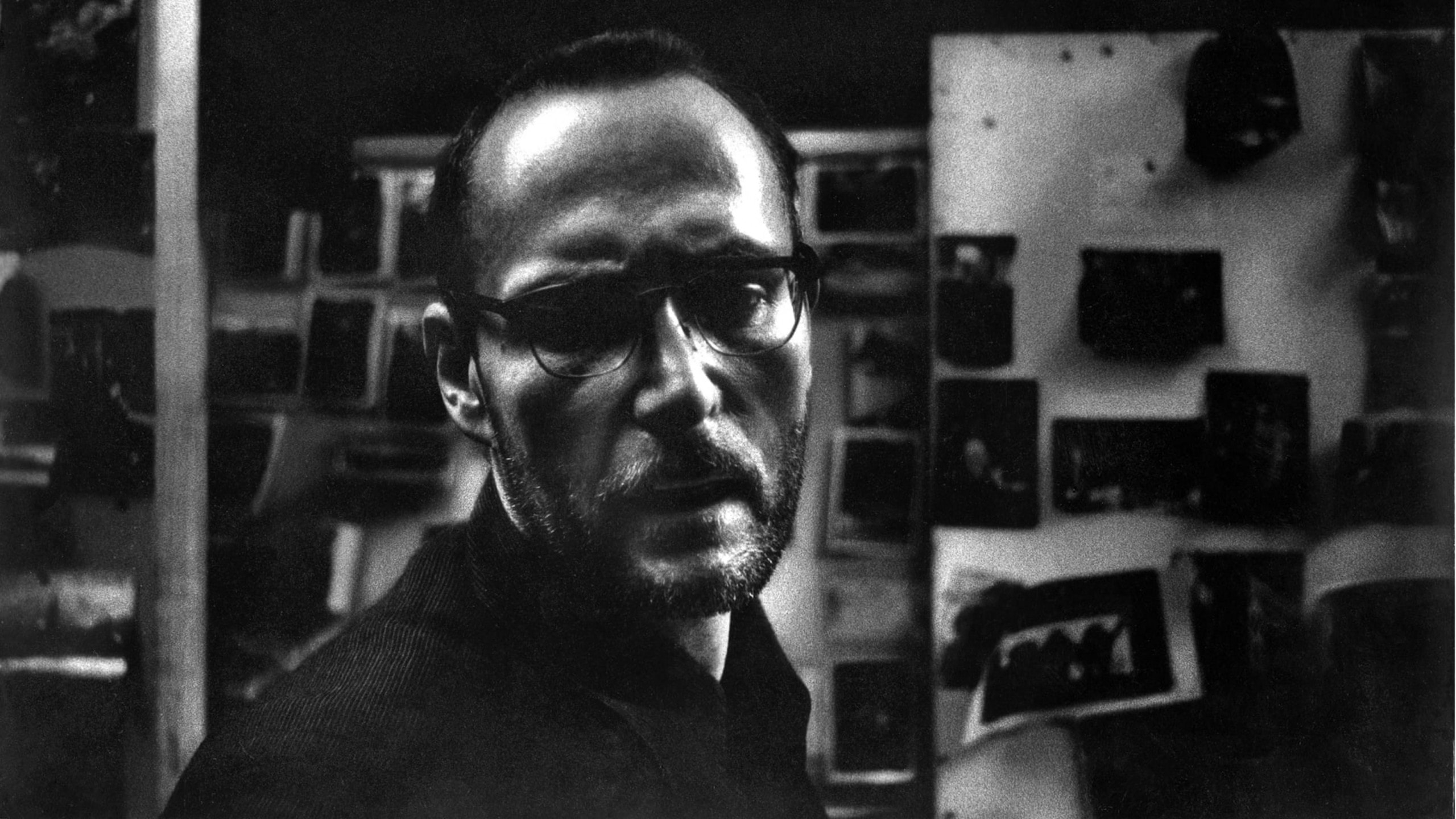
W. Eugene Smith. 1918 – 1978
Background
Born in 1918 in Kansas, United States, he got his first camera at age 9 and was published in the local newspaper at the age of 15. Tragically, his father committed suicide in the year that he graduated. The local newspaper twisted the story about his father’s death. This is when he decided to become a photojournalist. The paper’s failure to tell the truth shaped his standards and ethics for the rest of his career.
Eugene Smith: The Man
Eugene was stubborn man. He was fired from Newsweek for refusing to shoot with their prescribed 4×5 format because as a photojournalist, a 35mm camera was so much more portable and unobtrusive. He also resigned from working with Life Magazine because he was not happy with their image layouts and editing of his work.
Smith was often regarded as a troublemaker by his editors because he was so emphatic about his craft. He expected them to maintain the same standards he set for himself. Often fuelled by alcohol and a long-term addiction to amphetamines, Smith would not stop working and would spend nights in the darkroom.
He was determined to photograph with brutal honesty and despite his ability to turn the most mundane subjects into beautiful works of art, he was also willing to show the horrors of war, disease and death. Even so, his pictures never lacked compassion and revealed sensitivity towards the tragic and heart-breaking events which he had to cover.
He was extremely hard on himself and always had this sense of failure. Even though some of the pictures he felt were not good enough, were some of his best work ever. He was often unhappy with the publications who used his pictures, especially with the layouts and order of the pictures, which he felt did not represent the stories accurately.
Father of the Photo Essay
Smith made his mark as a photojournalist by covering World War II. He was seriously injured in the war when a piece of shrapnel went through his left hand and into his face and skull. It took two years of complex surgery and rehabilitation to recover.
In 1948, he did a project for Life Magazine where he covered the Colorado country’s Dr. Ernest Ceriani. He aimed to draw attention to the importance of General Practitioners which were in shortage due to many young doctors becoming specialists. He almost became a celebrity due to the publicity received from Life Magazine. This project was the beginning of the Photo Essay and regarded as a definitive moment in the history of photojournalism.
Notable Projects
A man of Mercy
One of the projects Smith worked on while working for Life Magazine was to cover the story of theologian and MD Albert Schweitzer, who set up a hospital in Lambaréné, Africa.
At Lambaréné, Schweitzer was doctor and surgeon in the hospital, pastor of a congregation, administrator of a village, superintendent of buildings and grounds, writer of scholarly books, a commentator on contemporary history, musician, and host to countless visitors. The honours he received were numerous. The Nobel Peace prize for 1952, having been withheld in that year, was given to him on December 10, 1953. With the $33,000 prize money, he started the leprosarium at Lambaréné.
A Man of Mercy was one of Eugene Smith’s greatest efforts and caused him to sever ties with LIFE regarding issues of the layout.
Pittsburgh
Smith was commissioned to do a 3-week Pictorial Project about Pittsburgh. It instead took him 3 years to do the project where he took between 11,000 to 17,000 photos! The magazine filed a lawsuit against him which almost bankrupted them but ended up bankrupting Smith instead and costing him his first marriage due to his persistence and dedication to the project.
The Jazz Loft
After several years photographing Pittsburgh, Eugene moved to a little-known five-story loft building in Manhattan, New York. Here he would spend several years (from 1957 – 1965) making over 40,000 photographs and recording over 4000 hours’ worth of audio-reels. He photographed and recorded popular Jazz musicians and the intriguing night-life of the Jazz community.
This project culminated into the creation of his single largest body of work in his career, capturing over 300 musicians, among them Roy Haynes, Thelonius Monk, Sonny Rollins, Alice Coltrain and many more.
Minamata: A Warning to the World
This was the final Photo Essay that Smith covered in 1971. Again, Smith stayed for almost three years longer. In this project, he covered the Chisso Corporation, which illegally dumped waste into the small fishing tome of Minamata, Japan. The bio-waste accumulated in the seas surrounding Minamata and the residents contracted severe mercury poisoning due to eating fish which was caught in the area. Many inhabitants of Minamata became severely ill and children were born with terrible deformities.
Although many people attribute Eugene Smith with discovering the scandal, he arrived some time after the issue surfaced in the public. However, with him being an influential figure, his role in this cannot be downplayed and his pictures were published by several influential newspapers and magazines. All this publicity attracted so much attention to Smith that the Chisso factory workers put a hit out on him with the Yakuza, who almost killed him.
Over a span of thirty-six years, tens of thousands of people were affected by the disease, with little to no intervention by the local government or the Chisso Corporation. A tragic, gruesome tale.
Death
At the conclusion of his project in Minamata, Smith moved back to America in November of 1974 and lived in a New York City studio department with his new partner, Sherry Suris.
Over the next few years, Smith’s health was deteriorating at an alarming rate and his friends arranged a teaching position for him at the Art and Journalism Departments at the University of Arizona. This prompted Smith and Suris to move to Arizona in November of 1977. The following month, on the 23rd of December 1977, Smith suffered a severe stroke but made a partial recovery and continued working for the University. Almost a year later on the 15th of October 1978, he suffered another, this time fatal, stroke and passed away.
Smith was cremated and his ashes interred at Crum Elbow Rural Cemetery in Hyde Park, New York.
W. Eugene Smith Pictures:

W. Eugene Smith. The Battle of Saipan Island, US Marine holding and dying baby found in the mountains, 1944
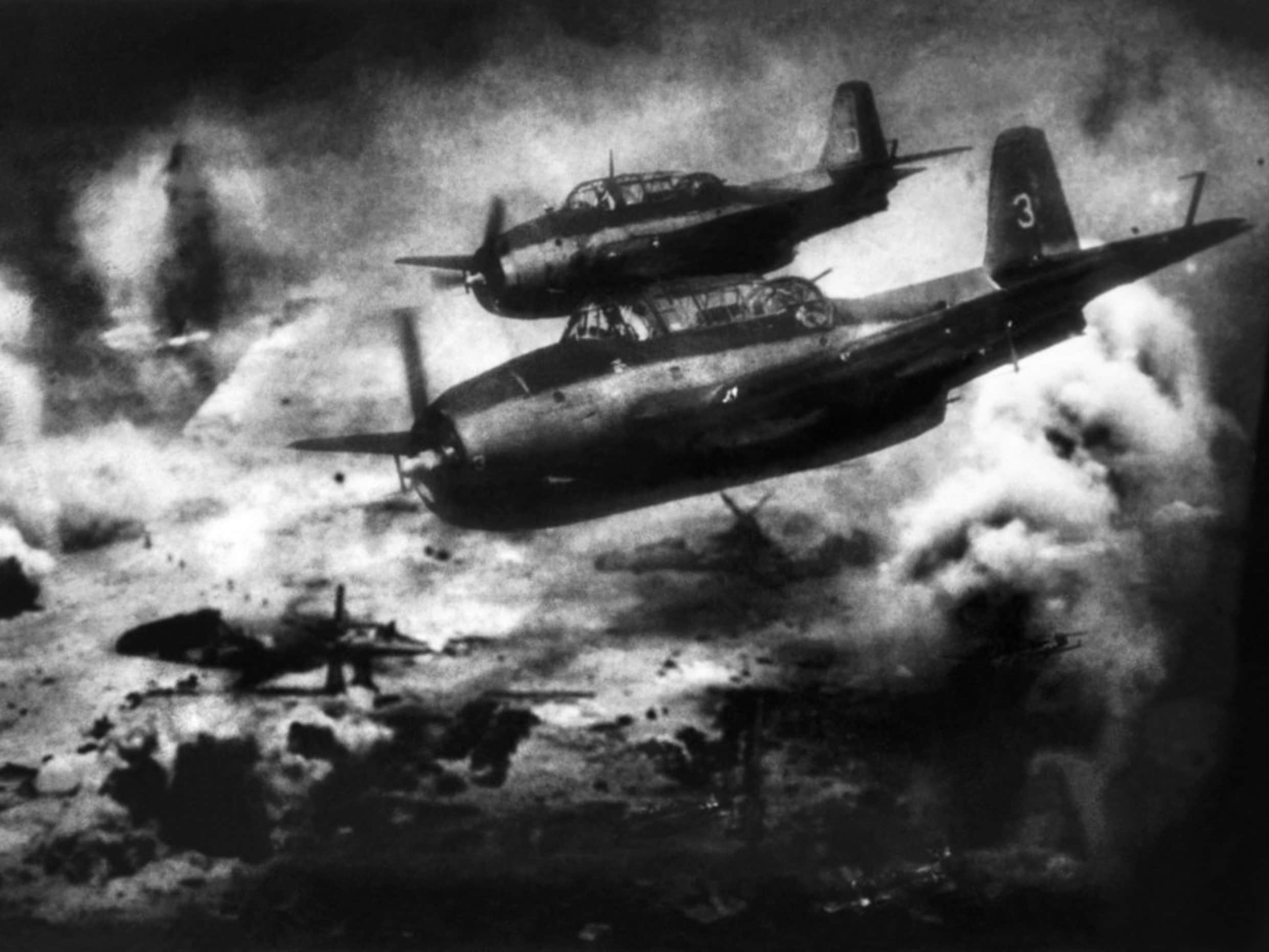
W. Eugene Smith. The Battle of Saipan Island. US Avenger fighter bombers moving towards Saipan Island, 1944
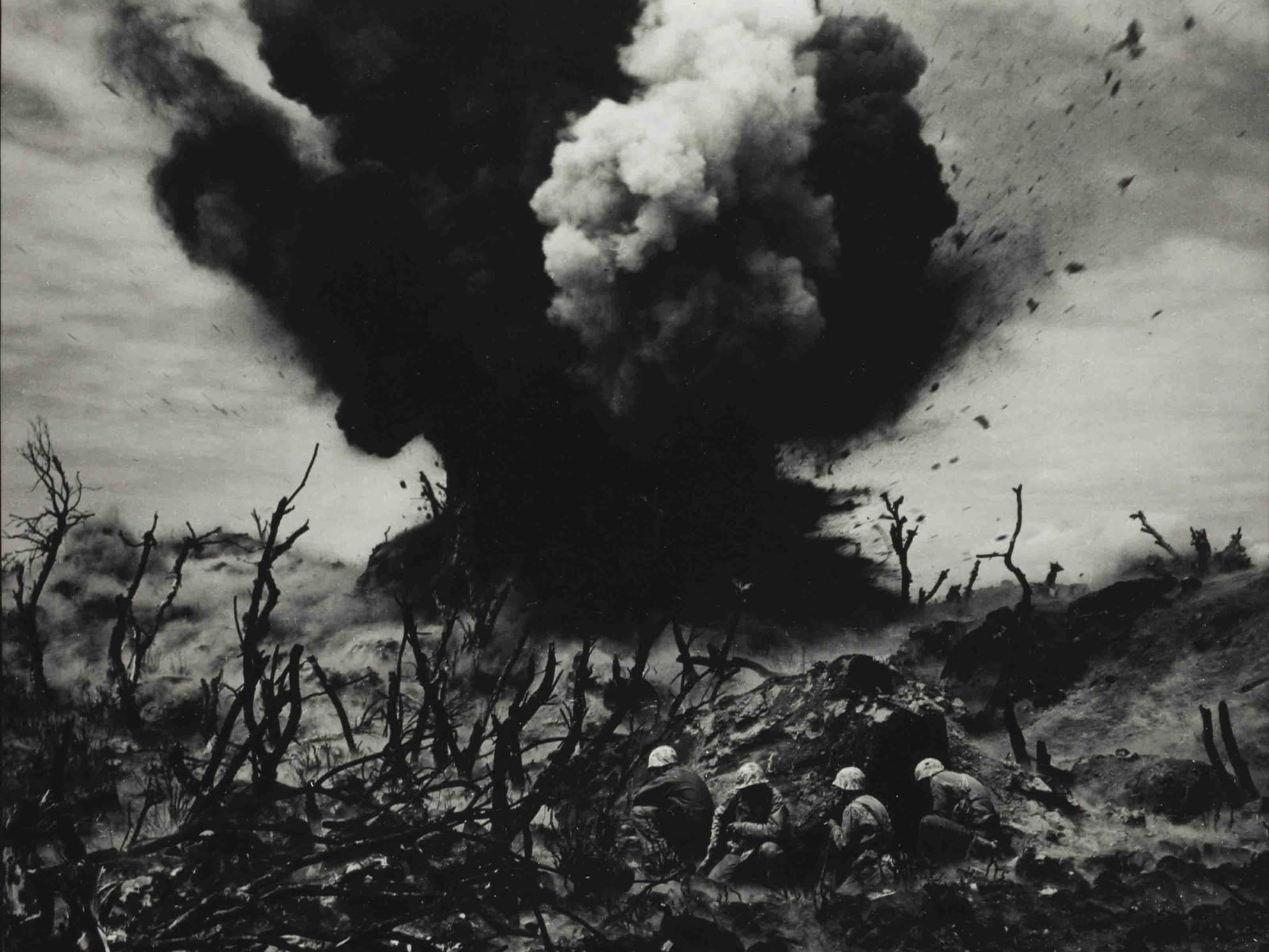
W. Eugene Smith. Sticks and Stones and Bits of Human Bones, Iwo Jima, 1945
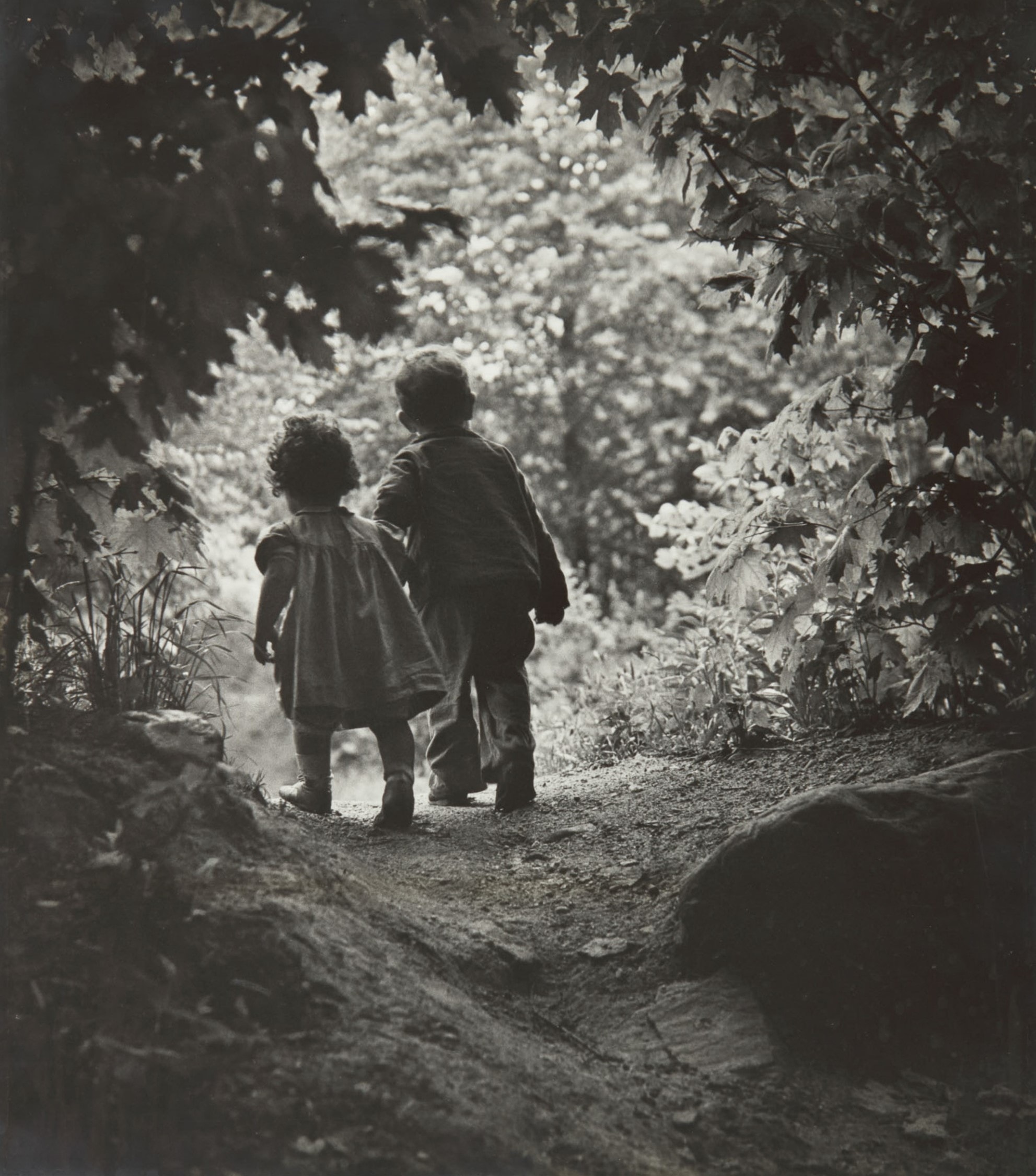
W. Eugene Smith. Walk to Paradise Garden, 1946
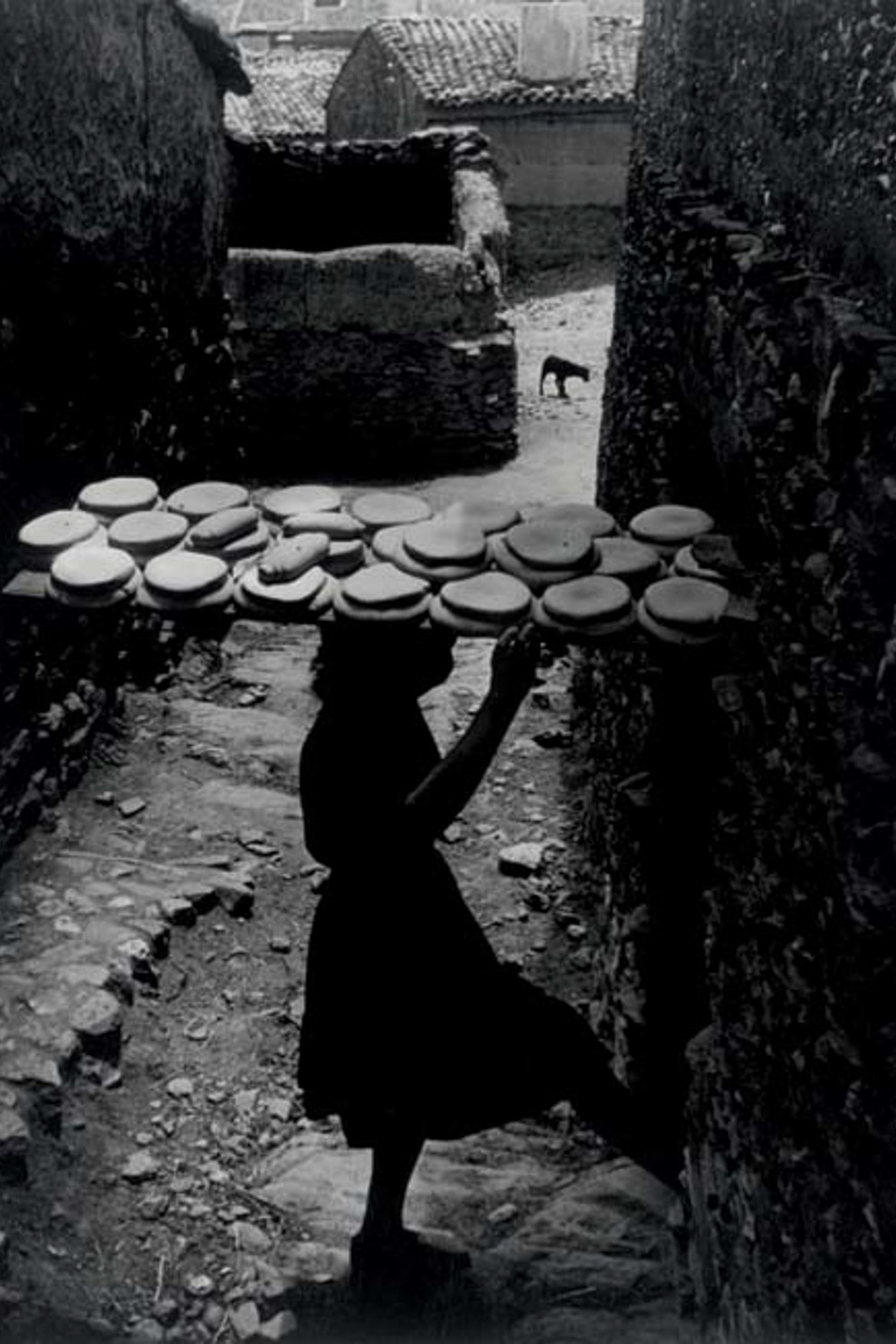
W. Eugene Smith. Woman with Bread, Spanish Village, 1951
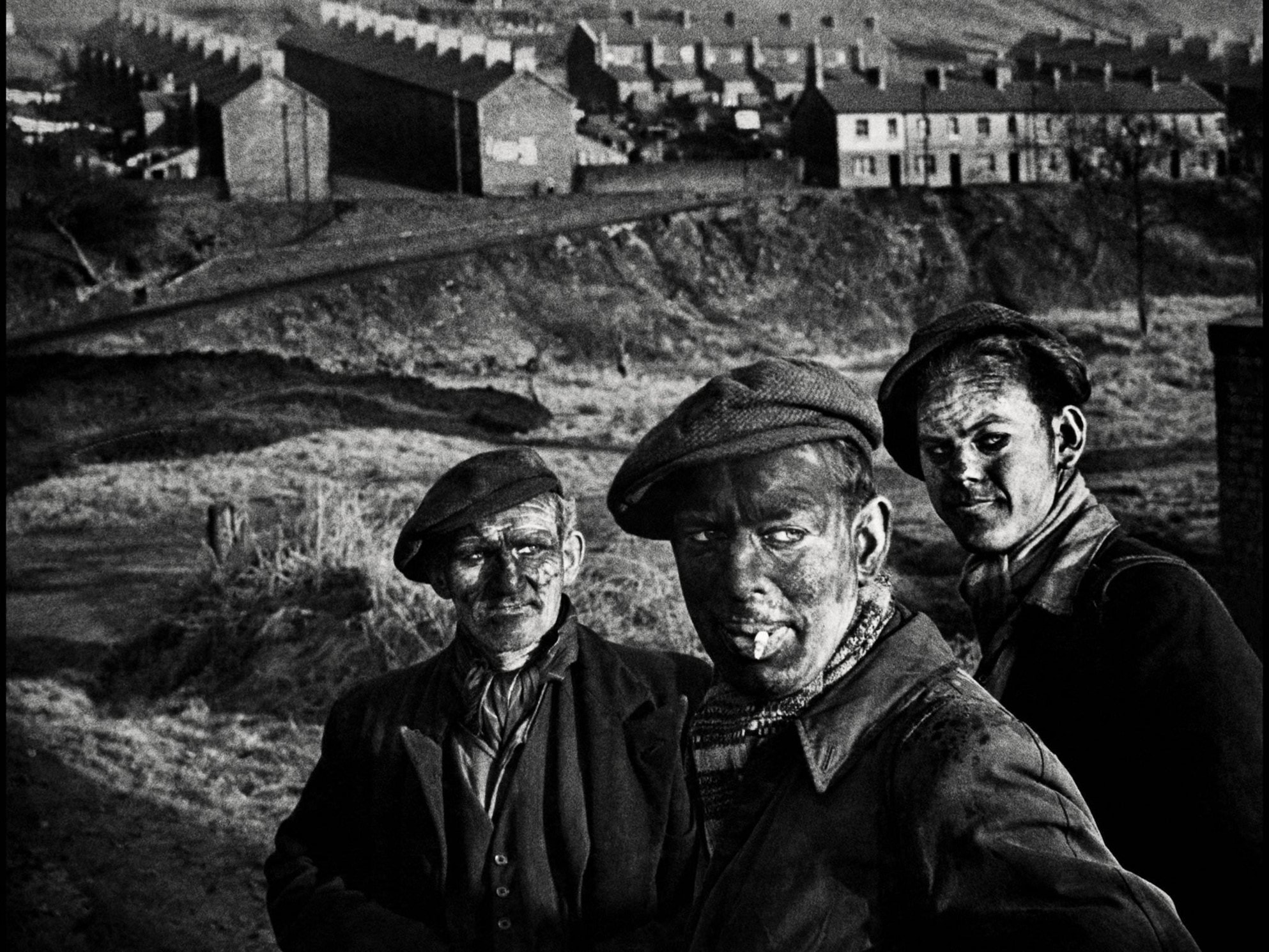
W. Eugene Smith. Three Generations of Miners at a Welsh Coal Mining Town, 1950
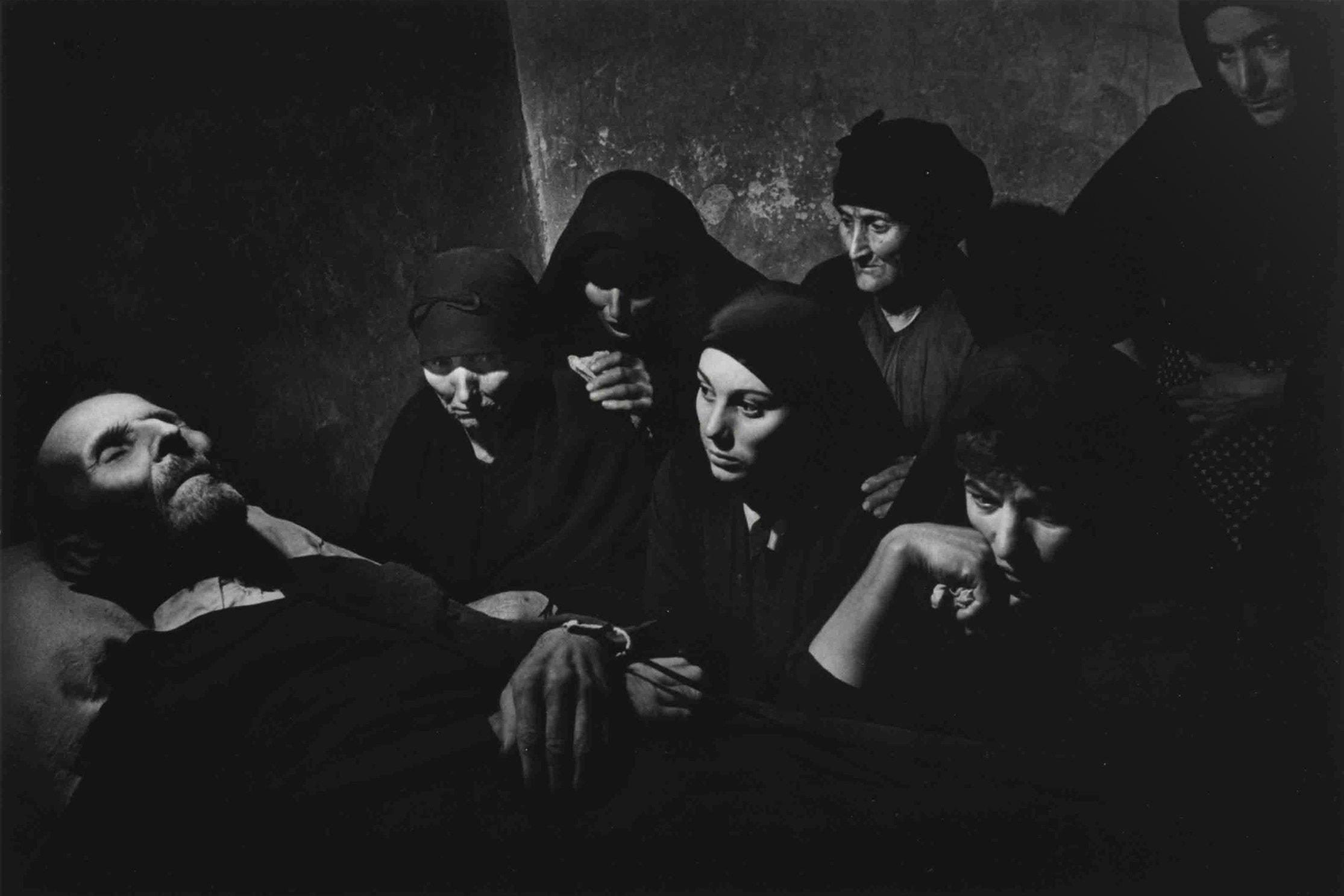
W. Eugene Smith. Spanish Wake, 1951
I try to take what voice I have and give it to those who don’t have one at all. – W. Eugene Smith
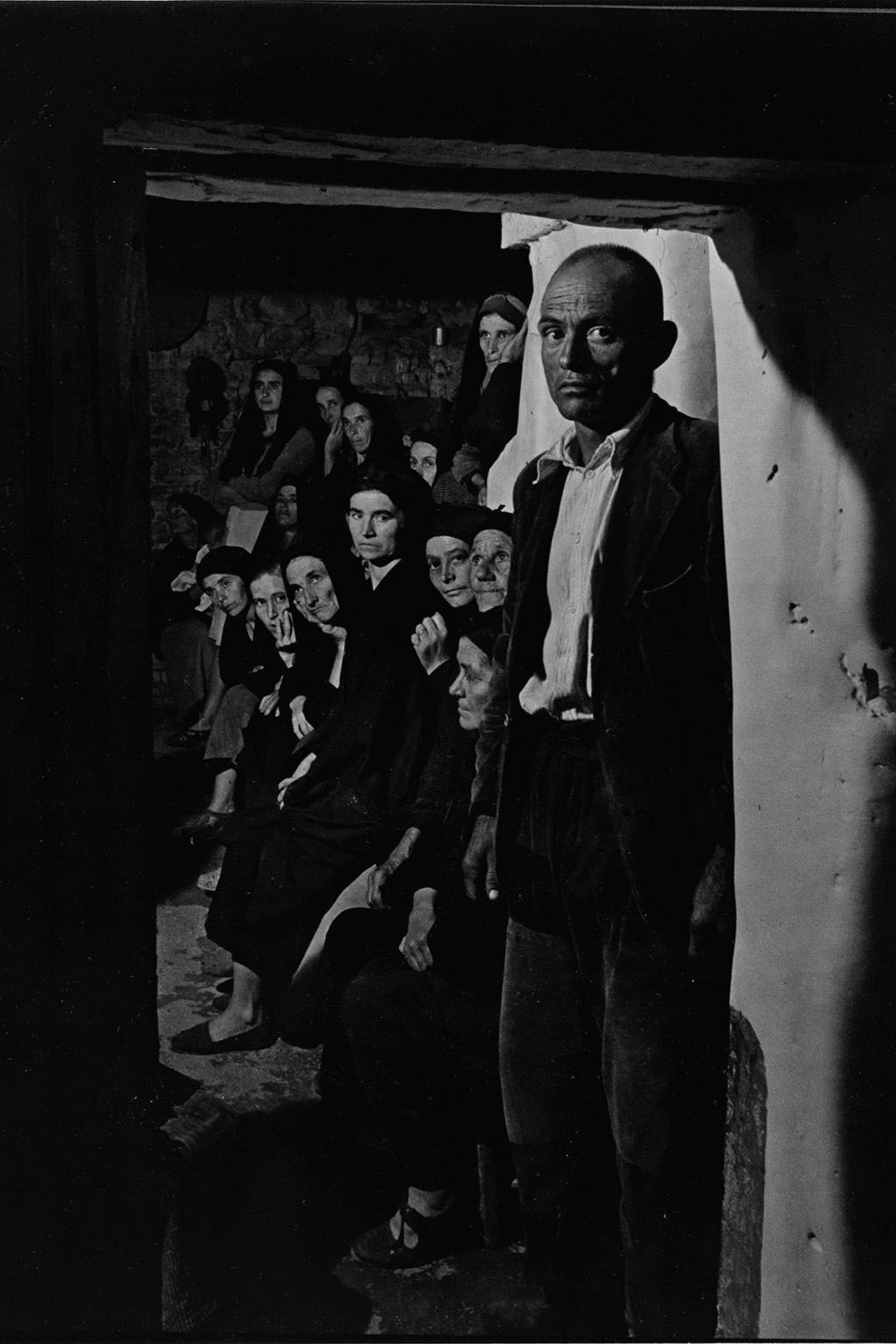
W. Eugene Smith. Spanish Wake,1951

W. Eugene Smith. Untitled, 1950
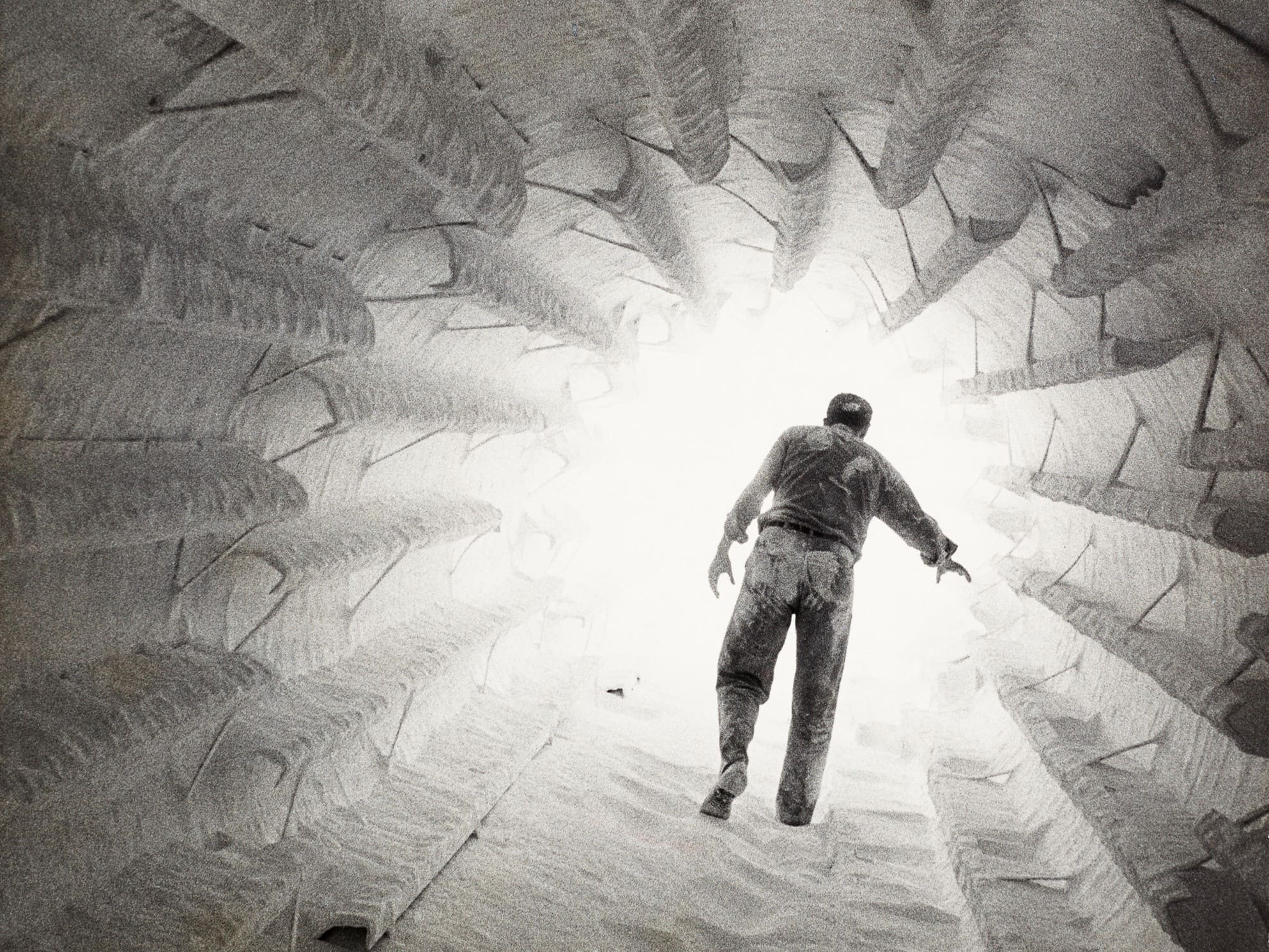
W. Eugene Smith. Calciner in Detergent Factory, 1953
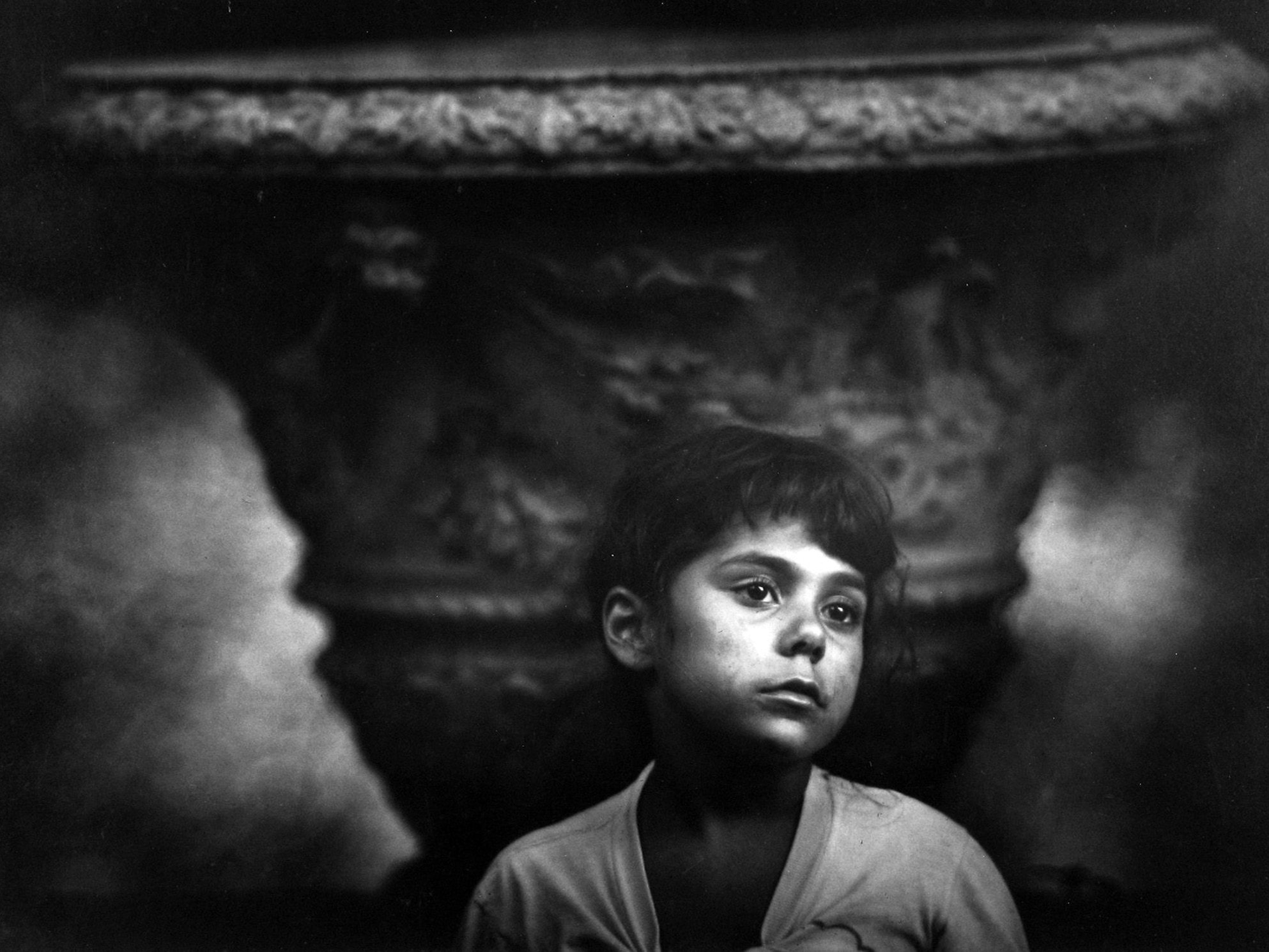
W. Eugene Smith. My Daughter Juanita, 1953
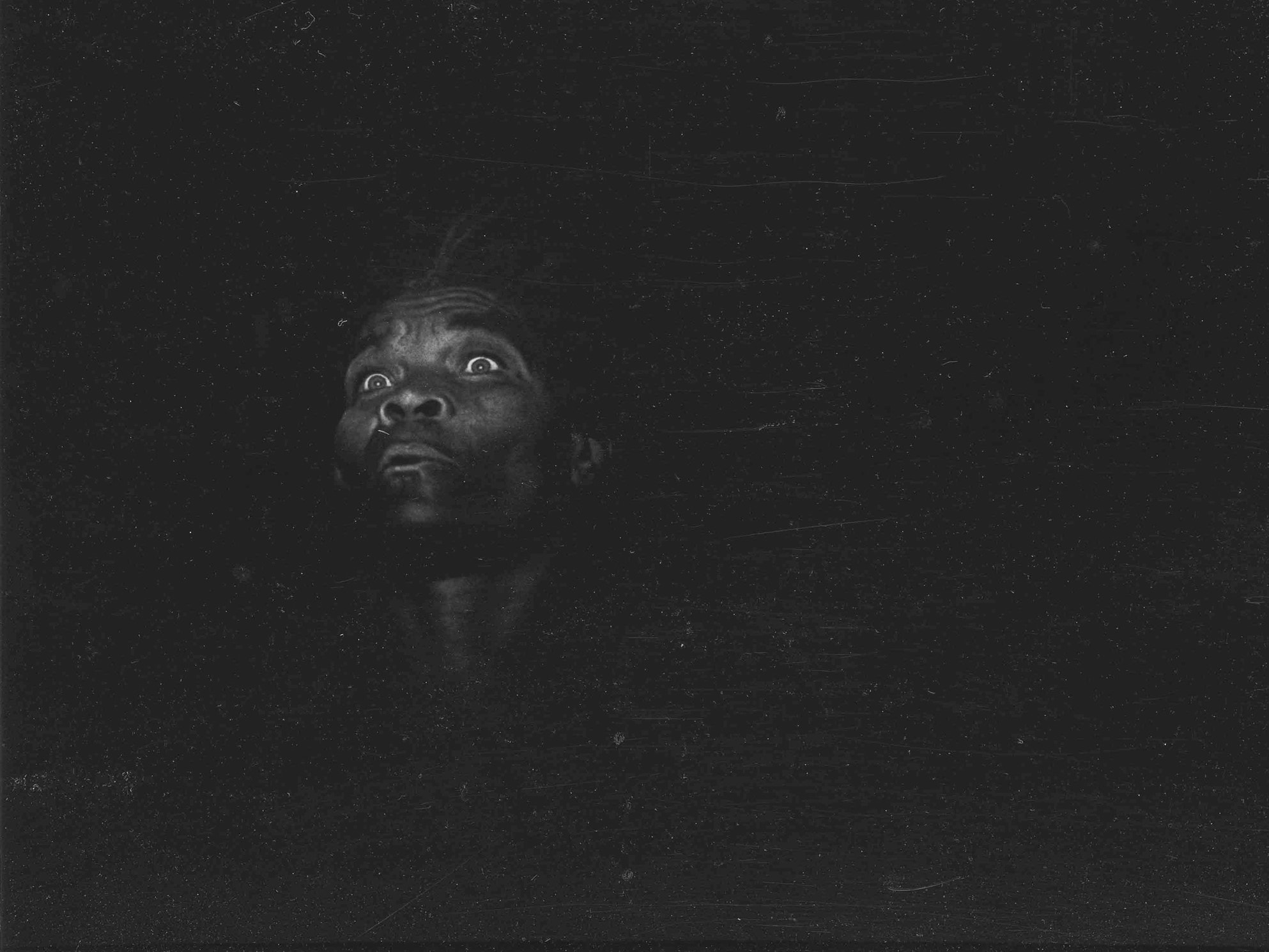
W. Eugene Smith. Mad Eyes, Haiti, 1958
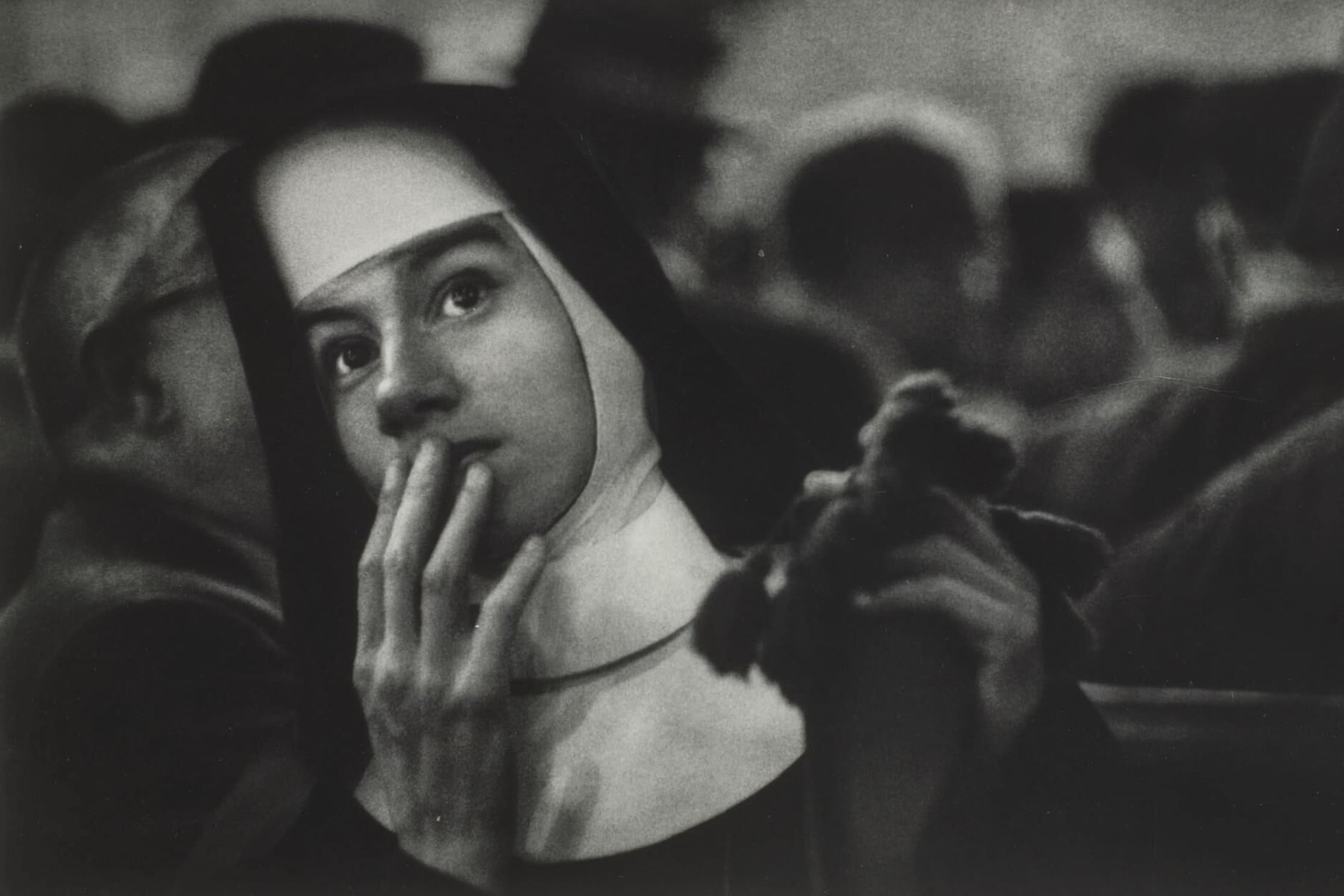
W. Eugene Smith. Nun awaiting the arrival of survivors of the Andrea Doria, New York, 1956
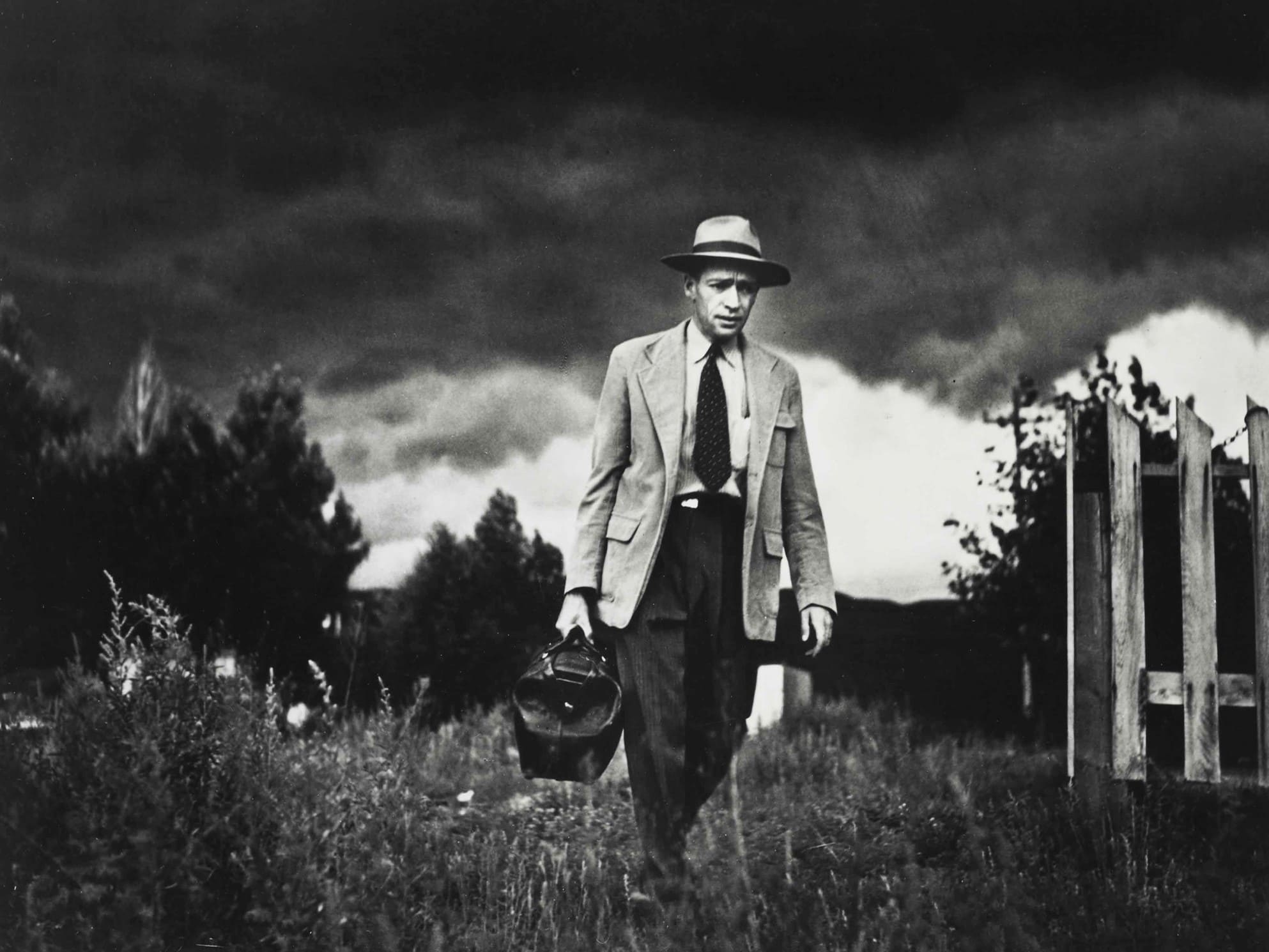
W. Eugene Smith. Dr Ernest Ceriani makes a house call on foot, Colorado, 1948
The first word I would strike from the annals of journalism is the word objective. – W. Eugene Smith
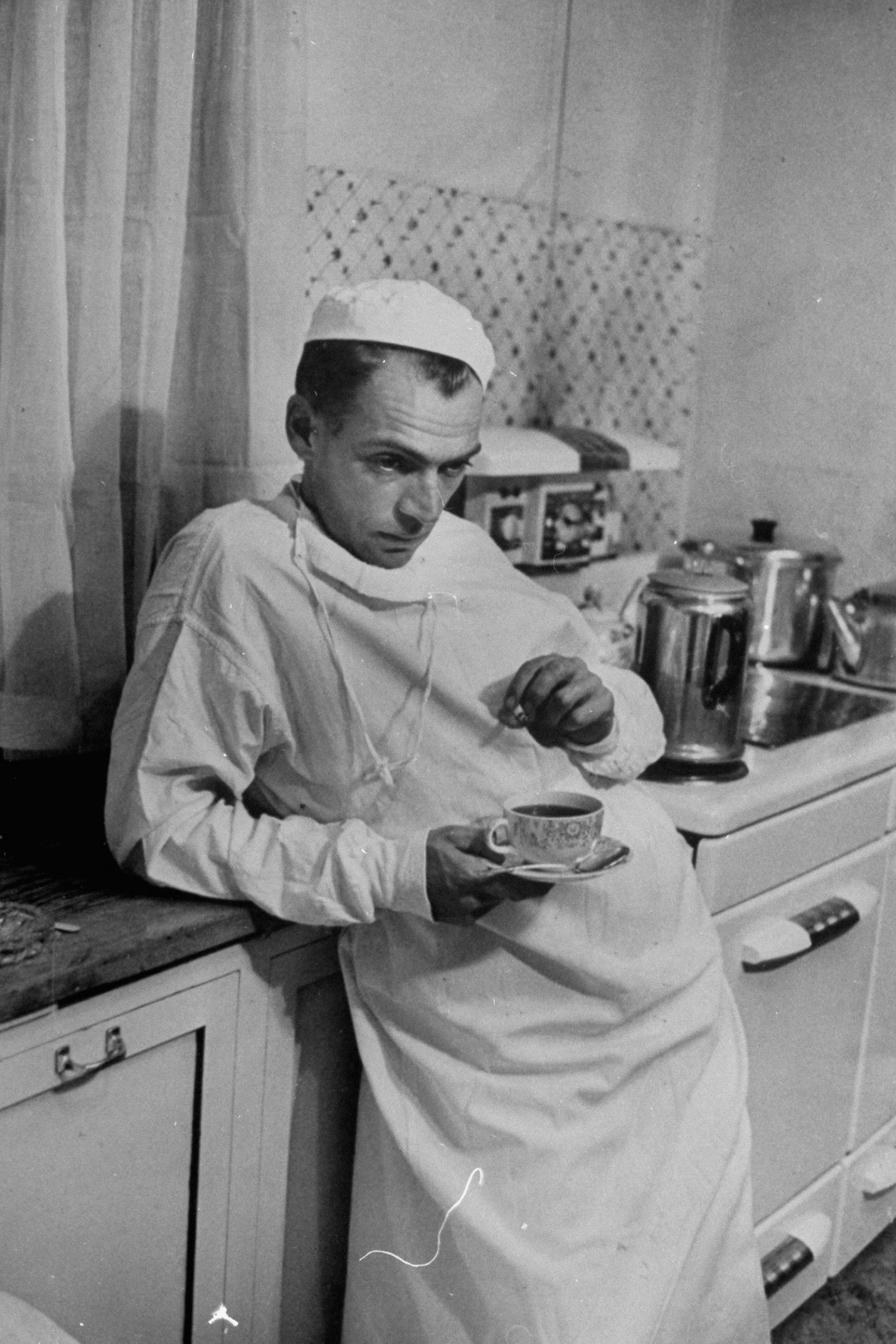
W. Eugene Smith. Country Doctor, Colorado 1948
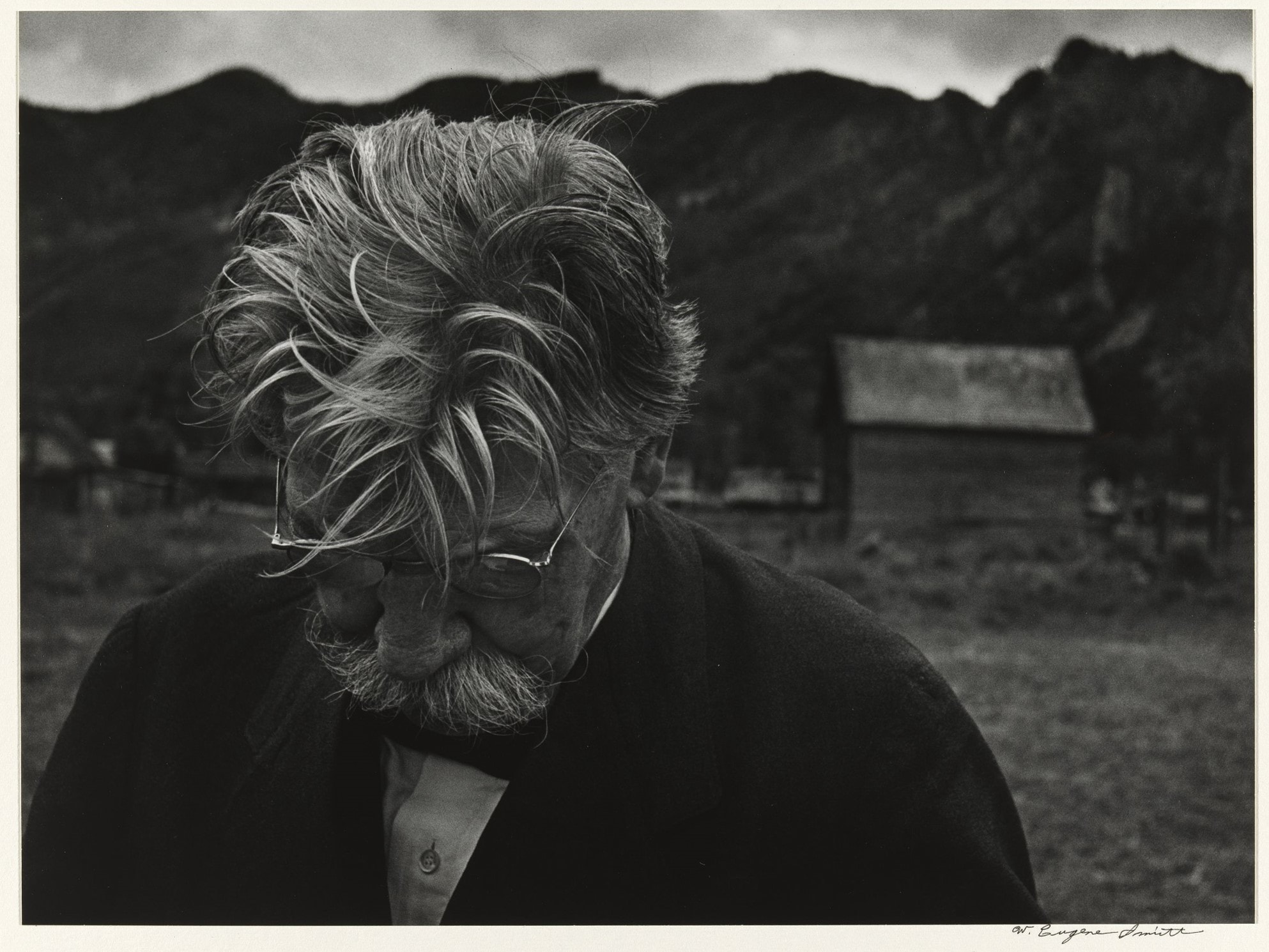
W. Eugene Smith. Dr. Albert Schweitzer, Aspen, Colorado, 1949
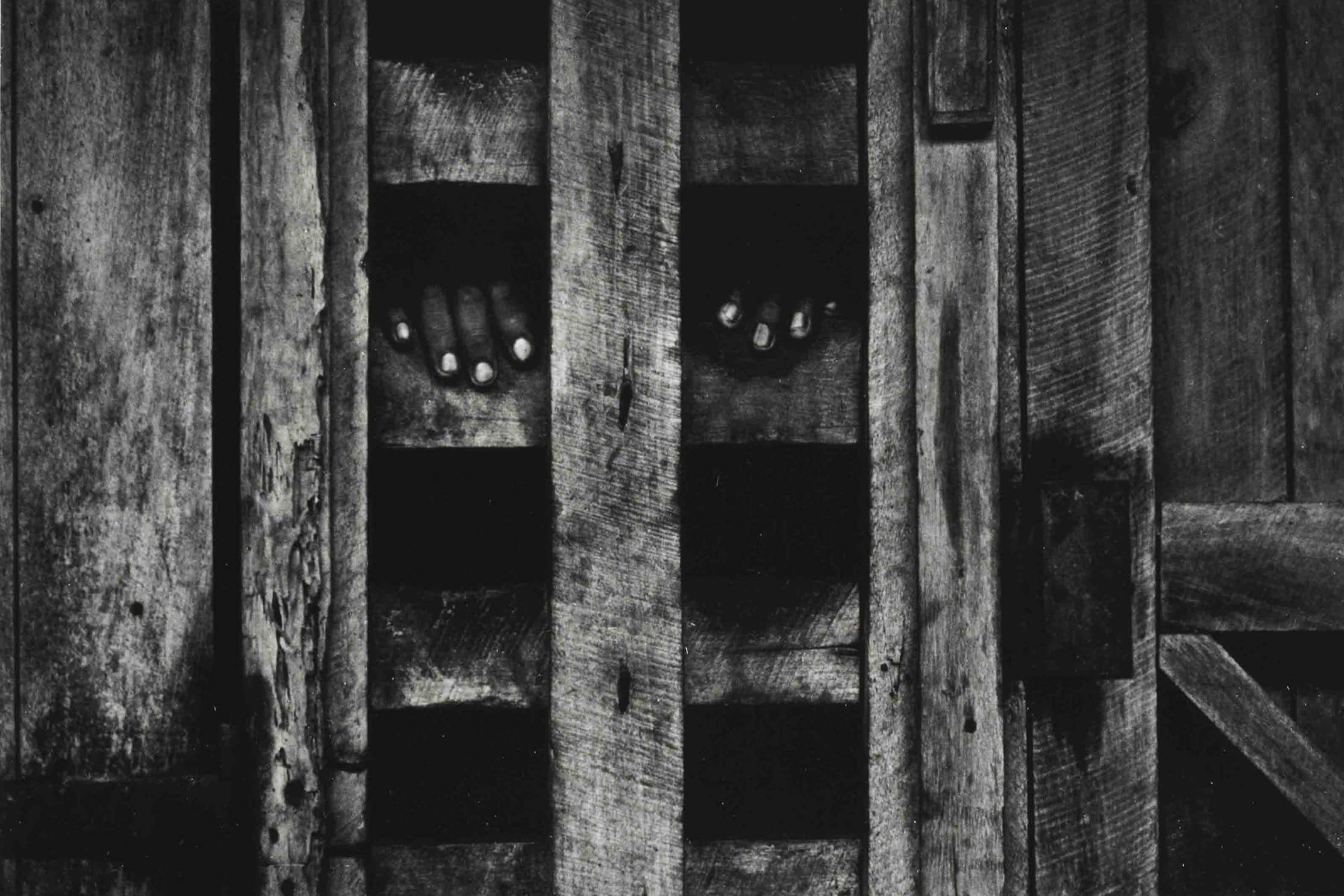
W. Eugene Smith. Stockade, from A Man of Mercy, 1954
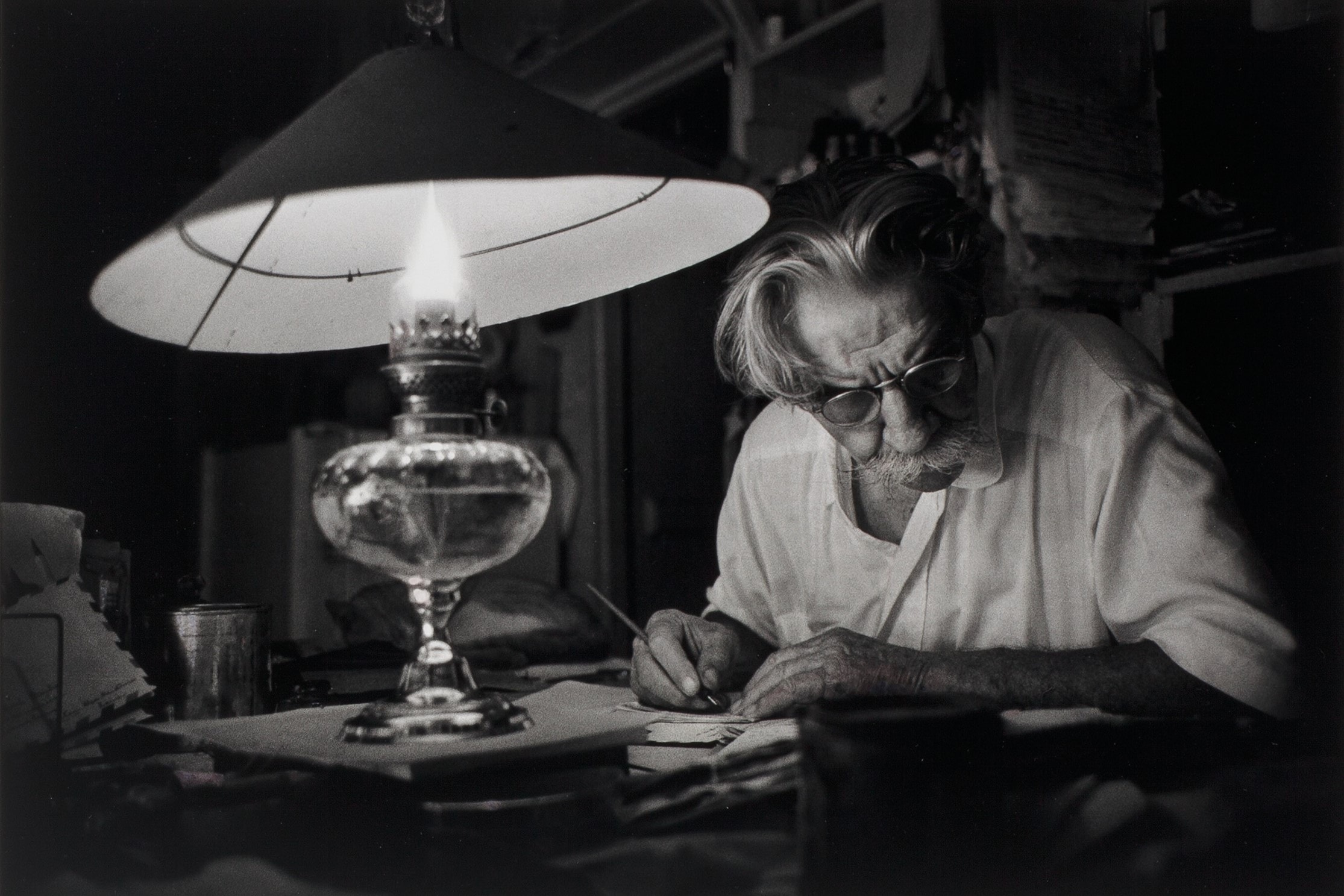
W. Eugene Smith. Dr. Albert Schweitzer, Lambarene, 1954

W. Eugene Smith. Perspective of a Steel Mill, Ohio, 1949
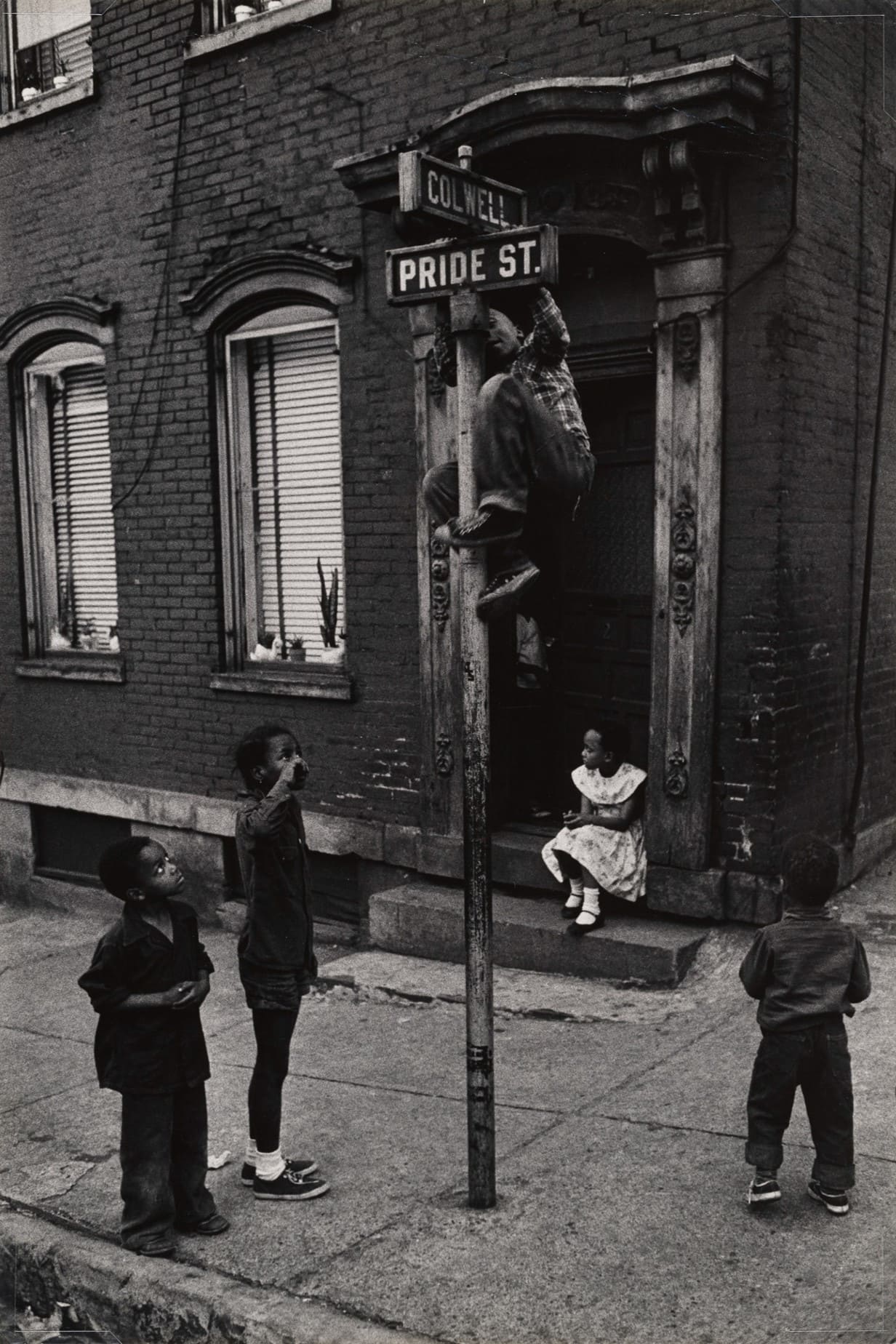

W. Eugene Smith. Pride Street, Pittsburgh, 1955
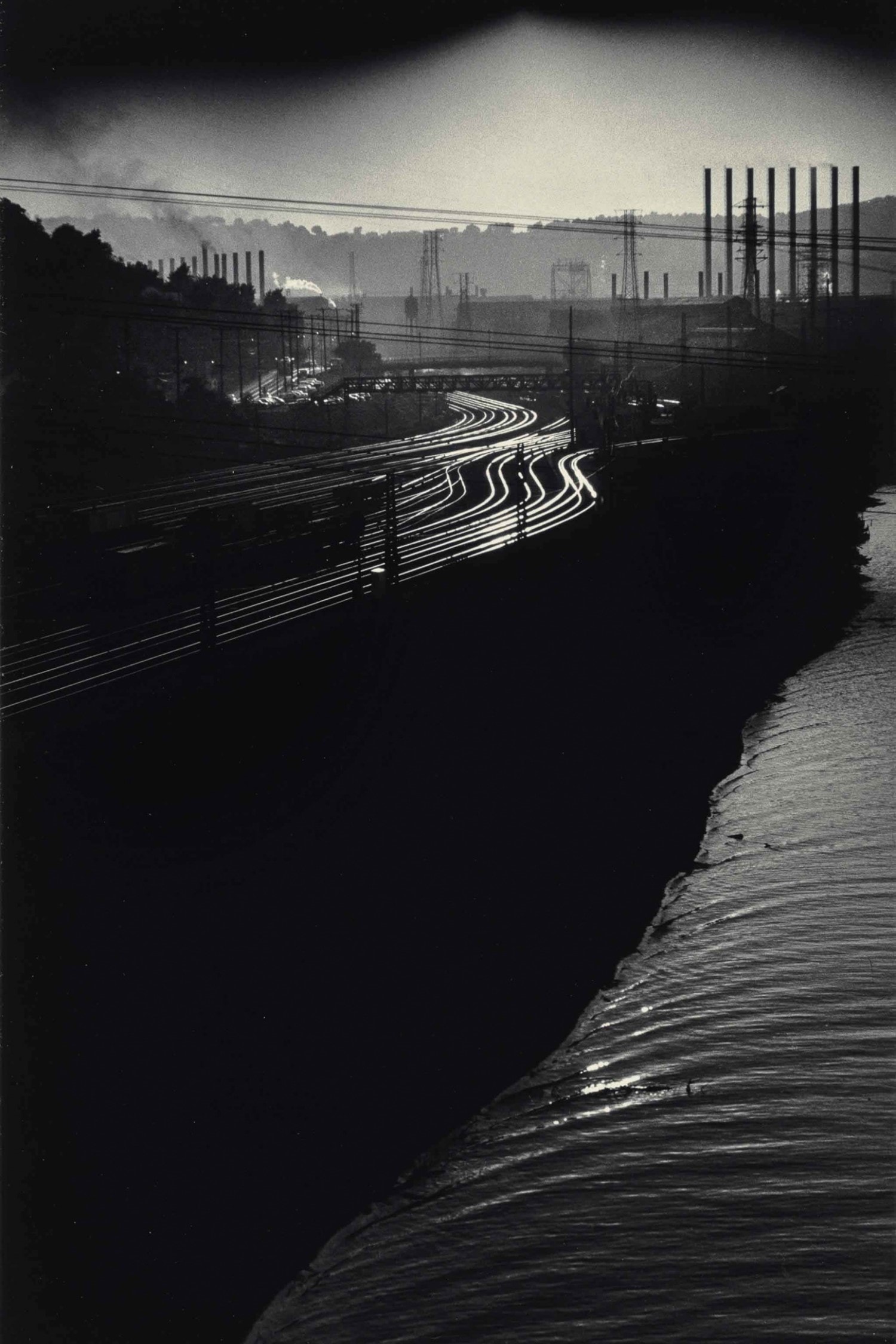
W. Eugene Smith. Railroad Collection, Pittsburgh, 1955-1956
Available light is any damn light that is available! – W. Eugene Smith
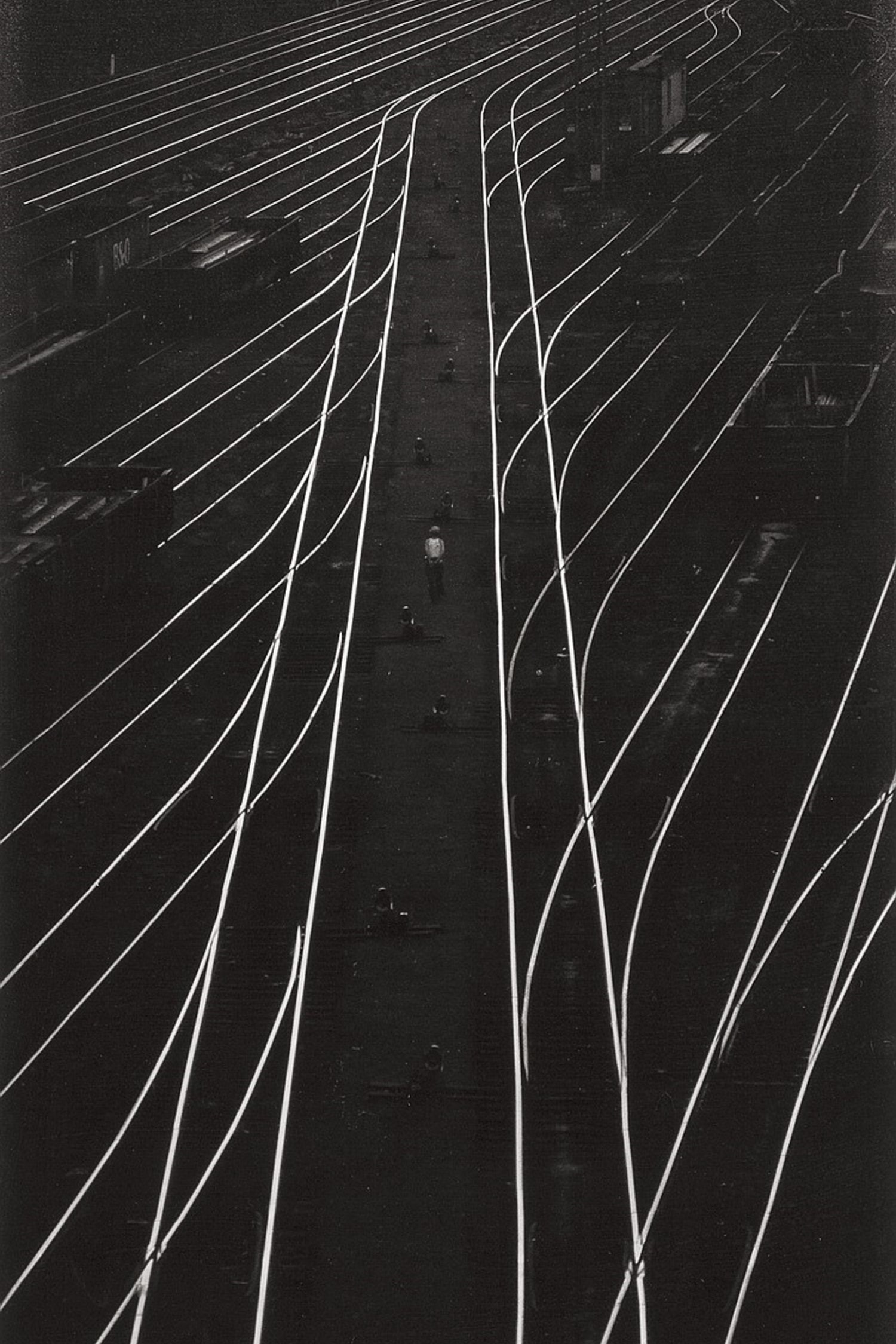
W. Eugene Smith. Railroad Collection, Pittsburgh, 1955-1956
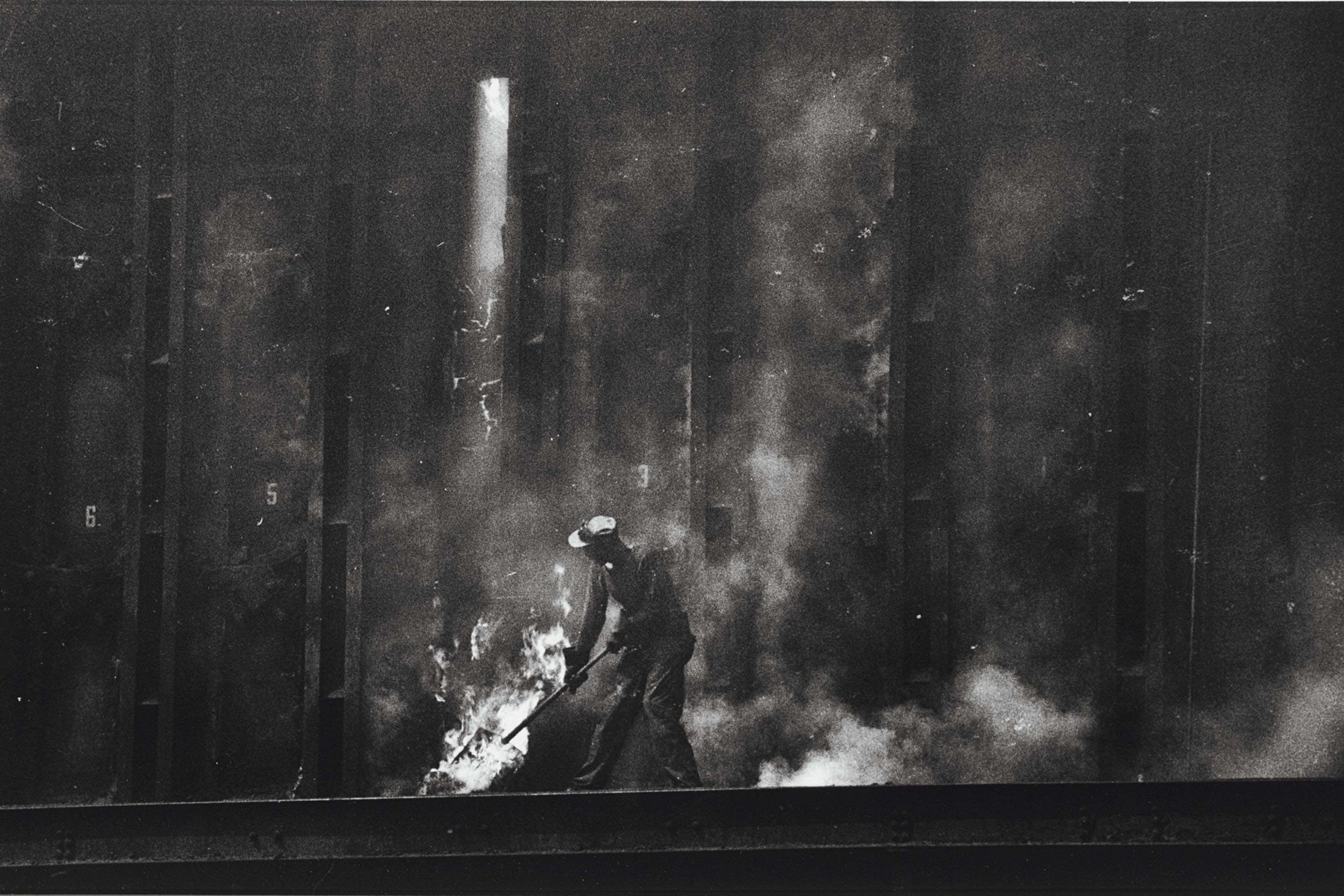
W. Eugene Smith. Dance of the Flaming Coke, Pittsburgh, 1955-1956
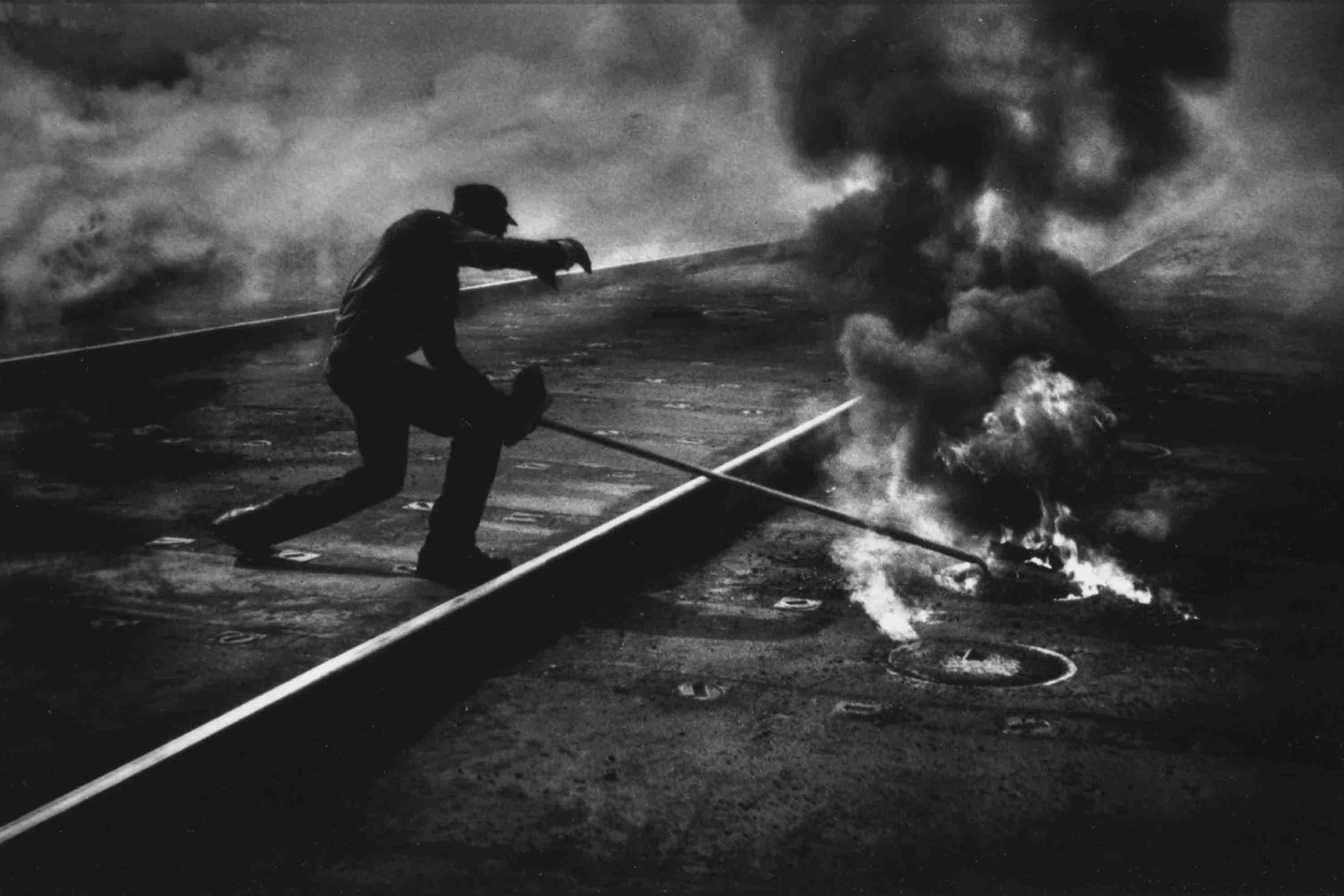
W. Eugene Smith. Dance of the Flaming Coke, Pittsburgh, 1955-1956
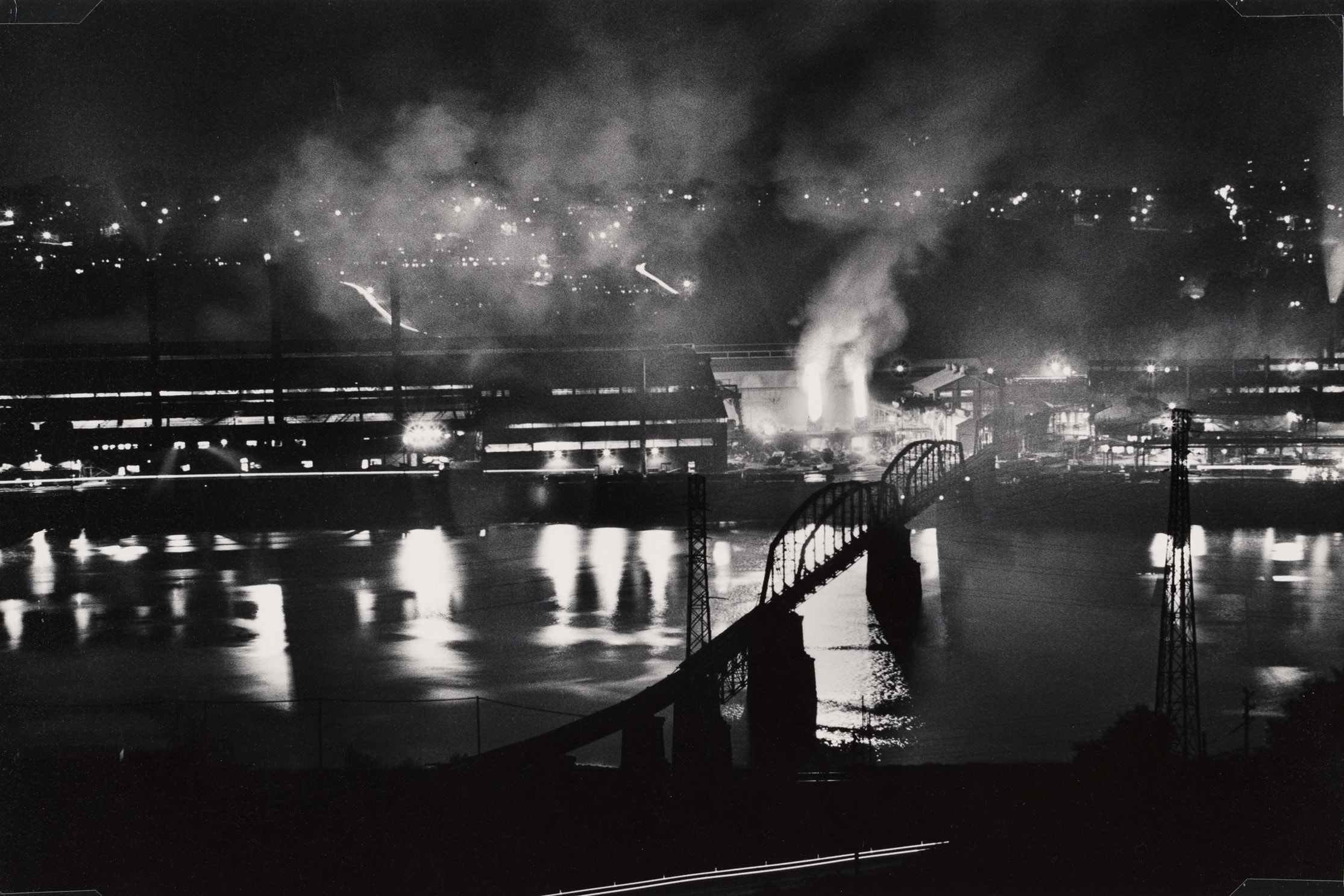
W. Eugene Smith. National Tube Company, Pittsburgh, 1955-1957
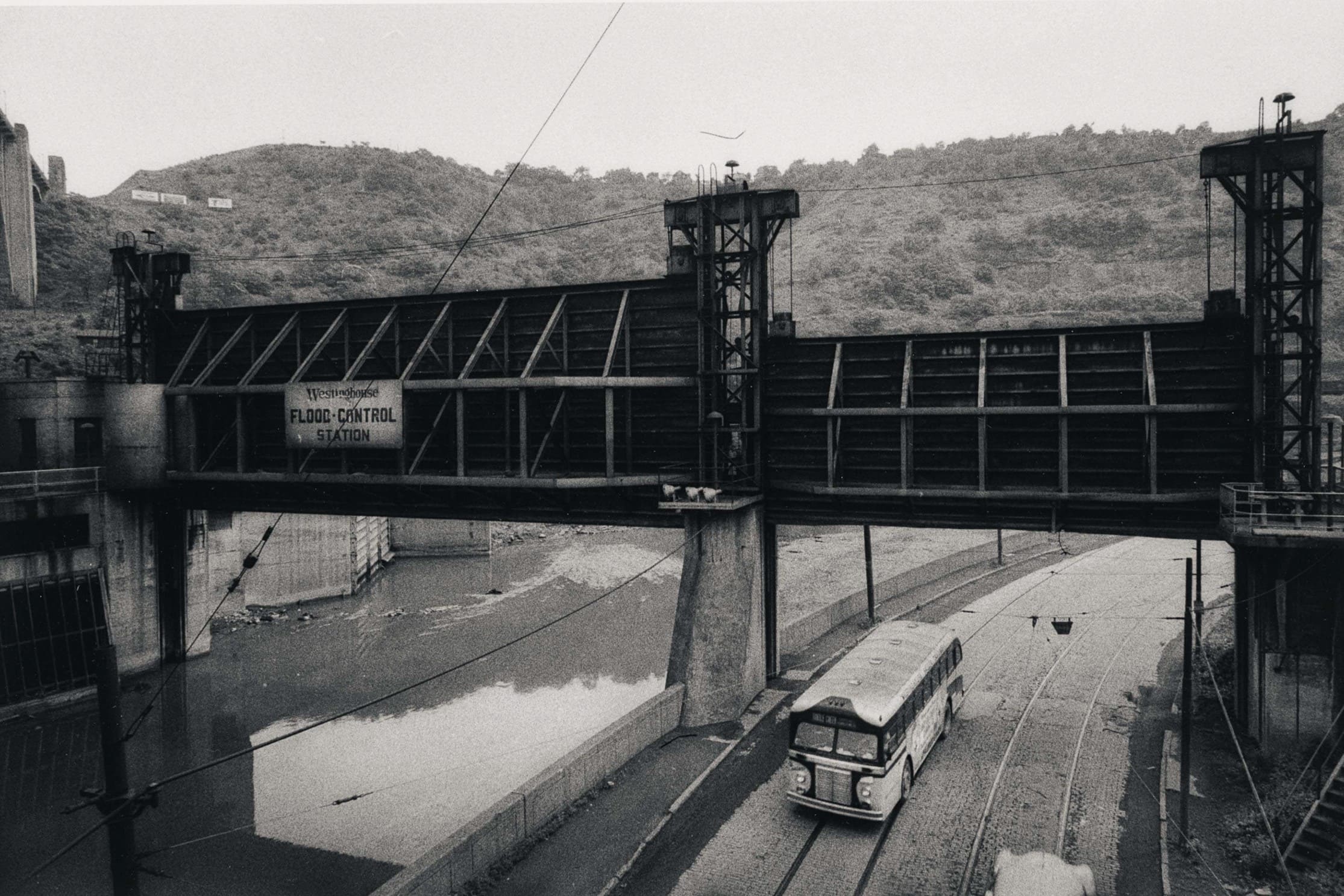
W. Eugene Smith. Pittsburgh, 1955-1956
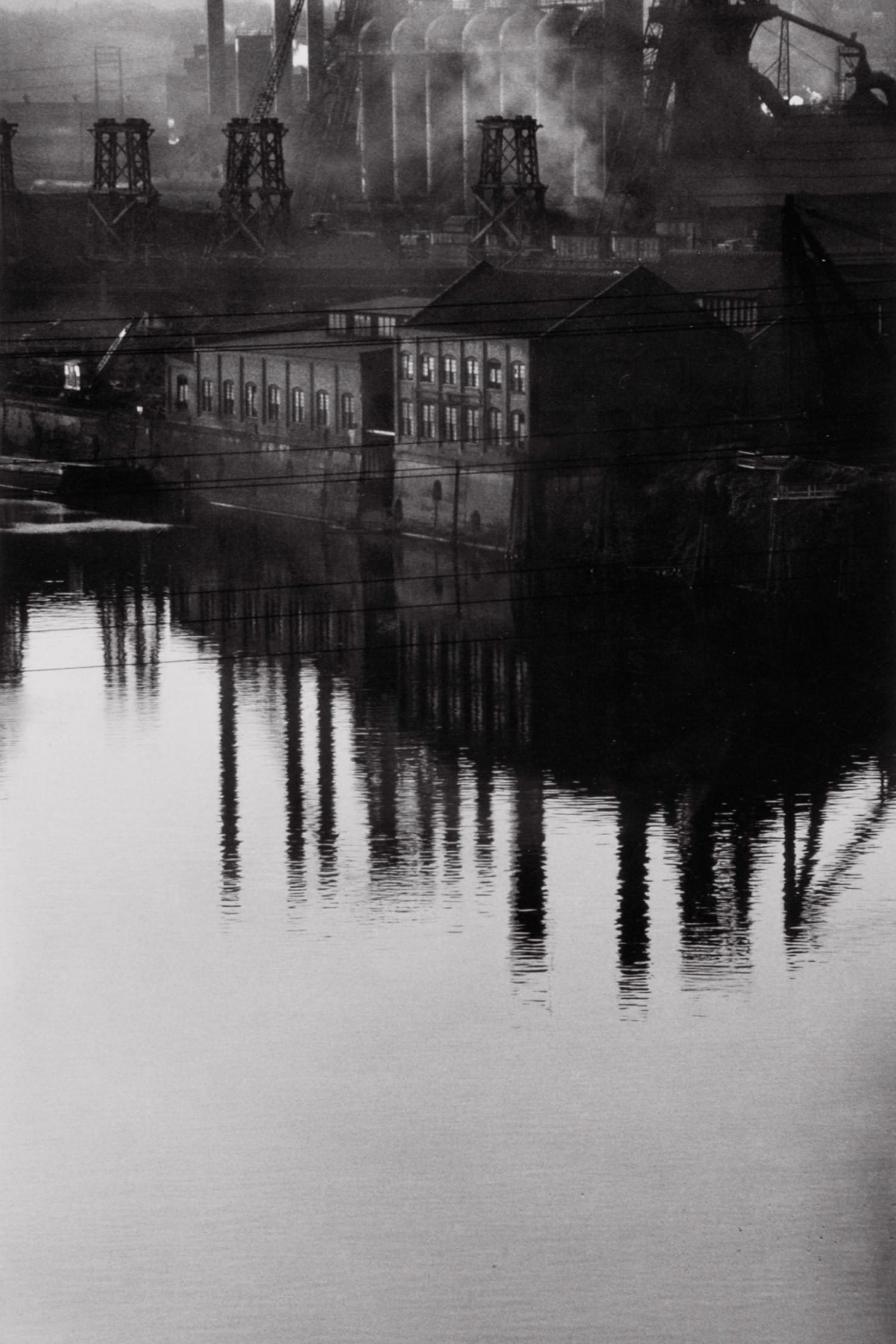
W. Eugene Smith. Steel Mill, Pittsburgh, 1955-1957
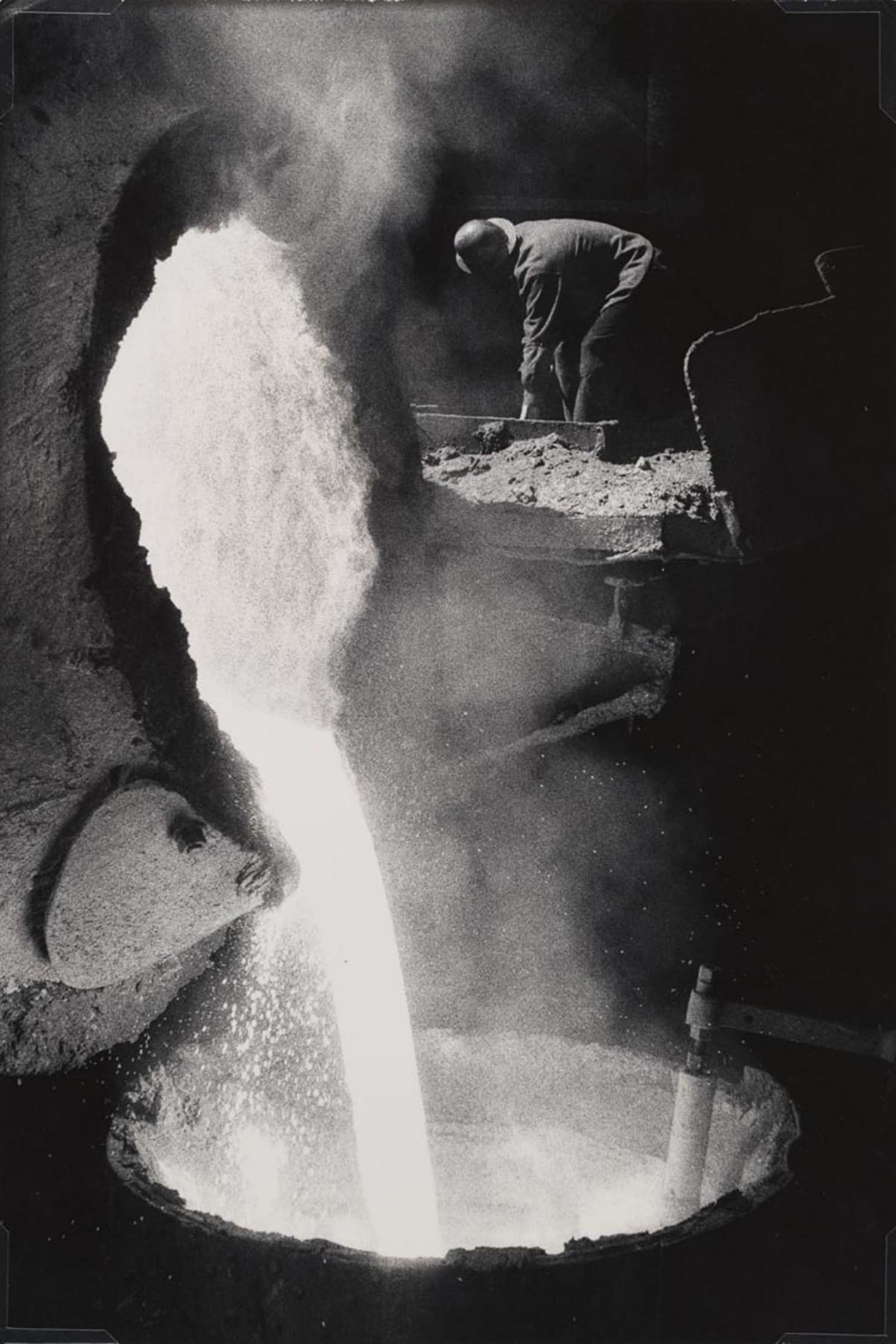
W. Eugene Smith. Steel Mill, Pittsburgh, 1955-1957
What use is having a great depth of field, if there is not an adequate depth of feeling? – W. Eugene Smith
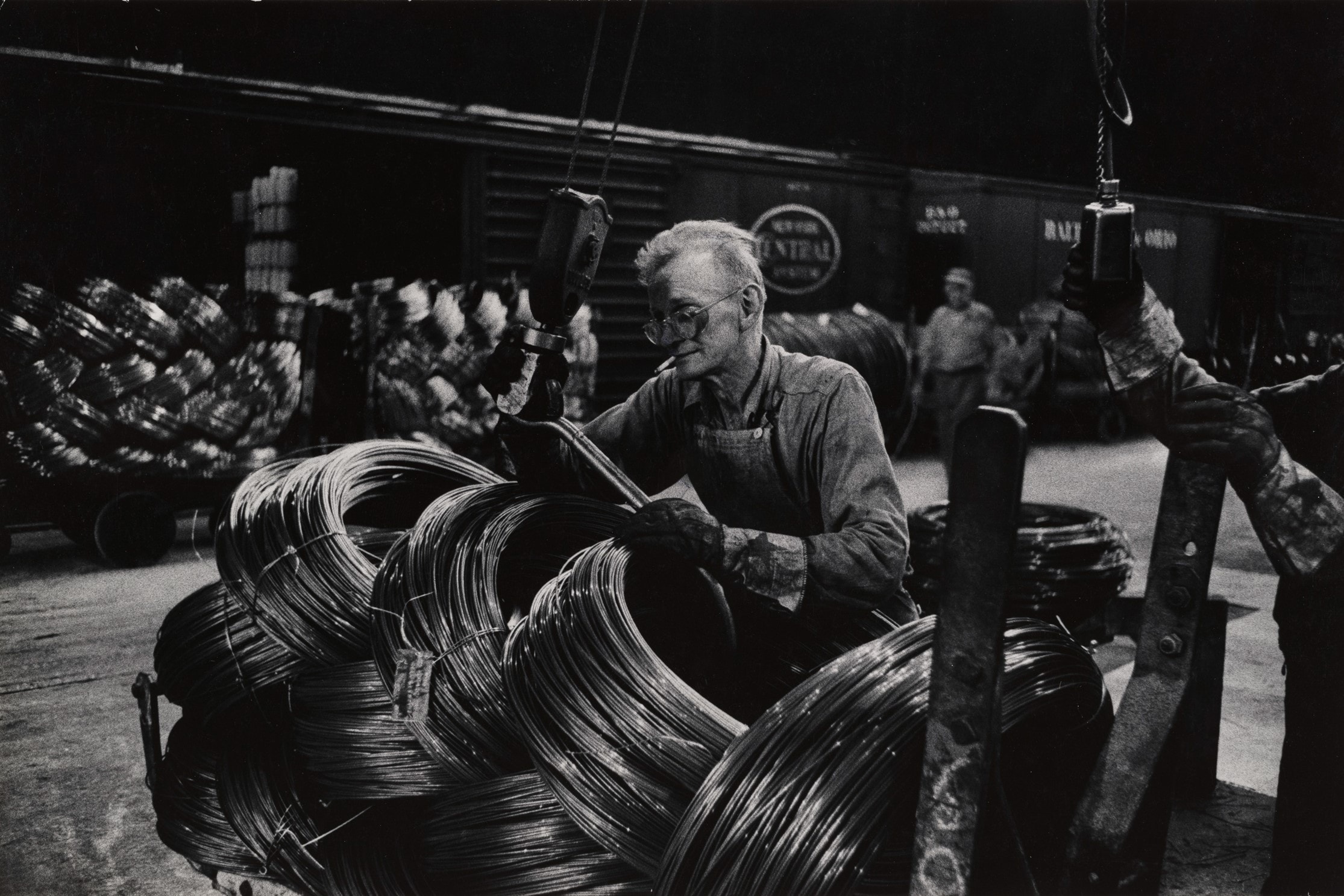
W. Eugene Smith. Steel Worker loading Coiled Steel, Pittsburgh, 1955-1957
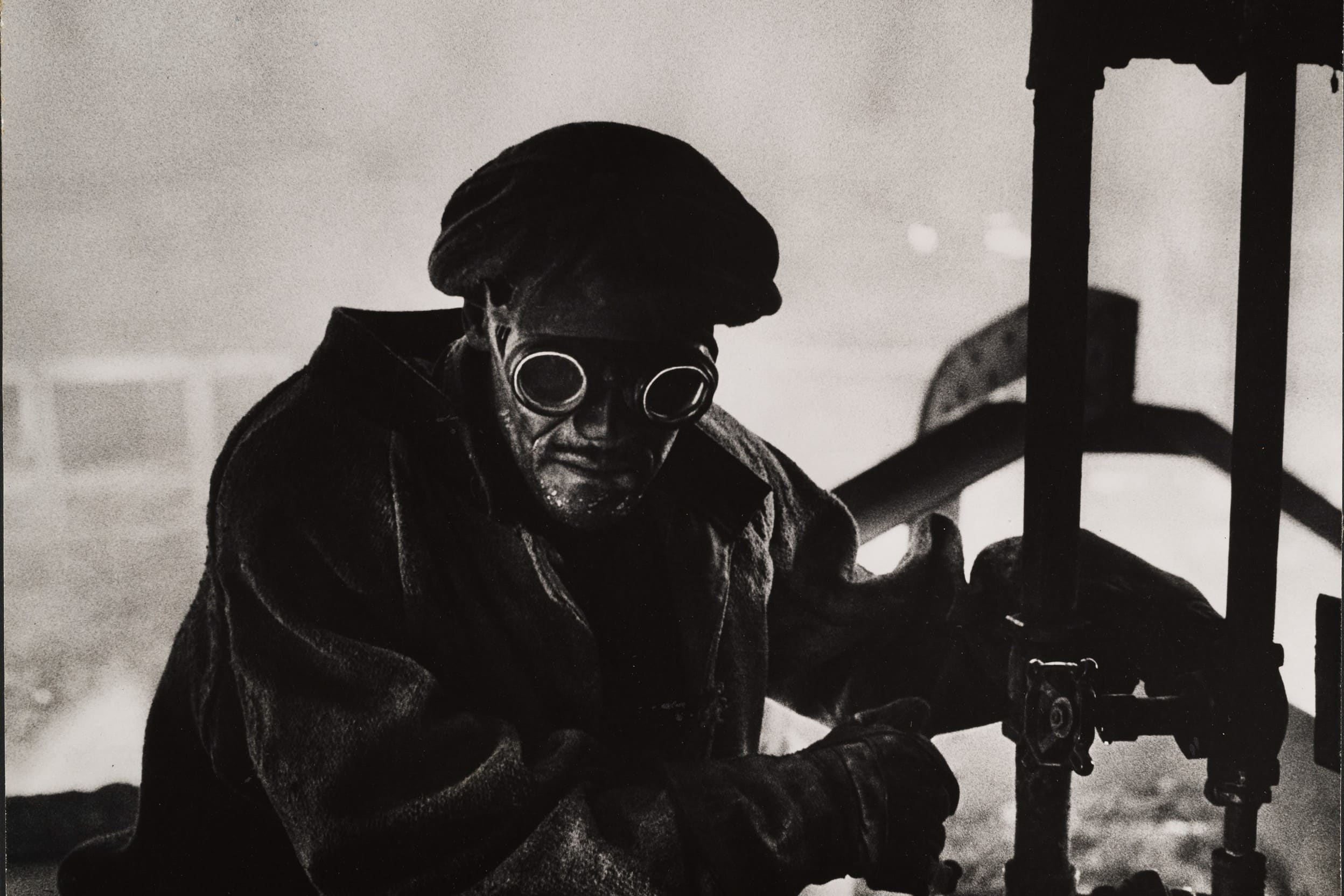
W. Eugene Smith. Pittsburgh, 1955
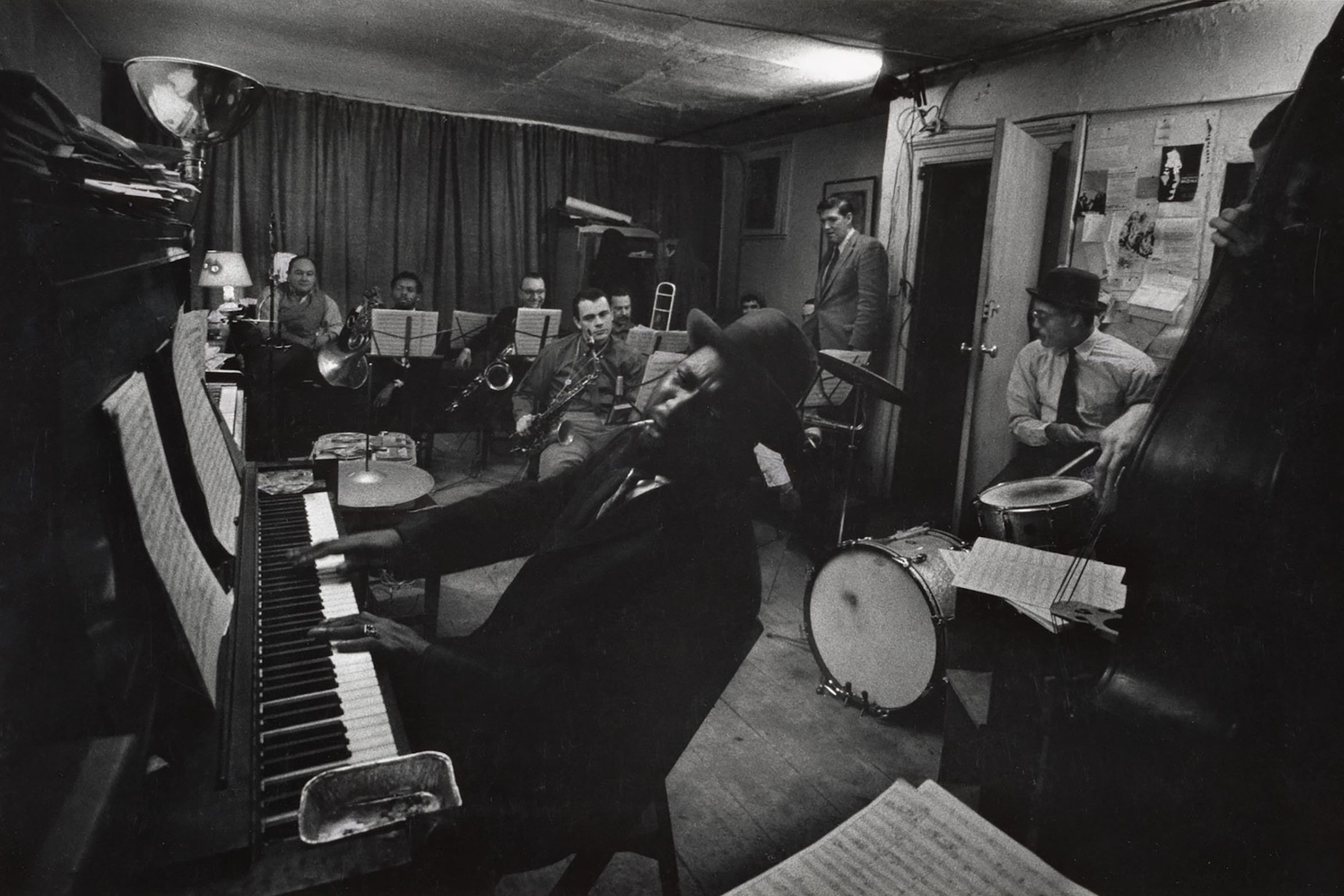
W. Eugene Smith. Thelonious Monk rehearsing in the loft, 1959
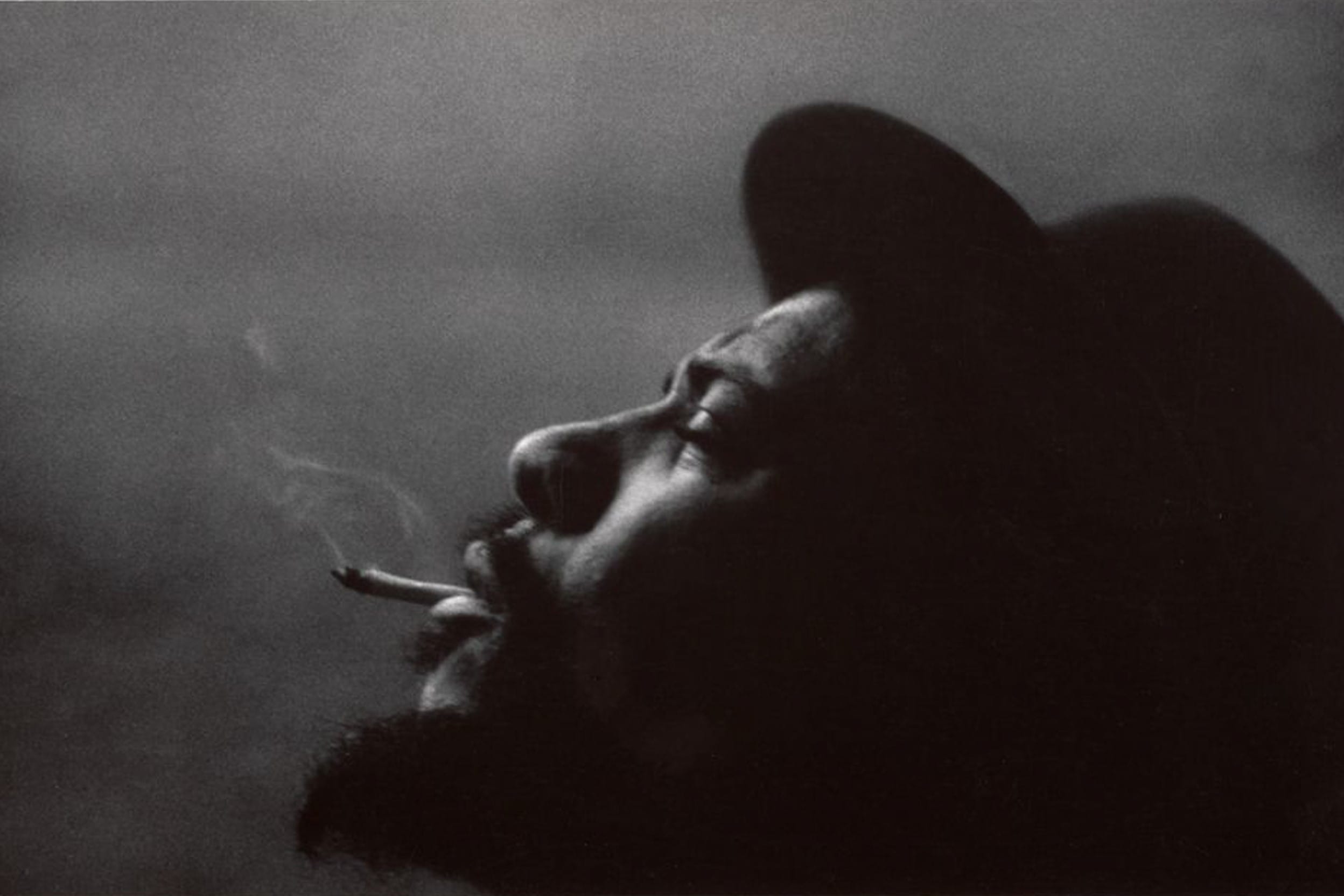
W. Eugene Smith. Thelonious Monk rehearsing in the loft, 1959
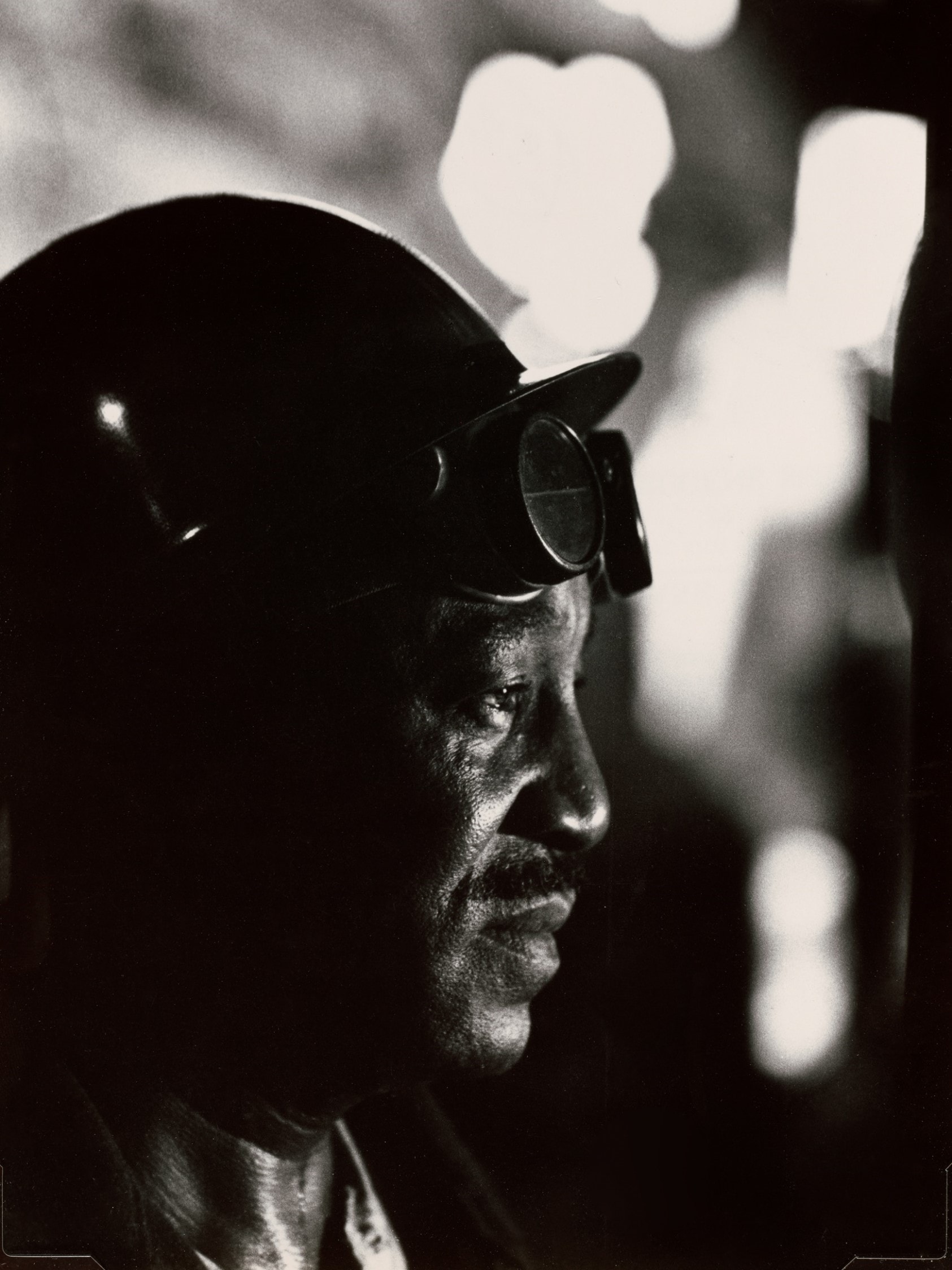
W. Eugene Smith. Workman in Mill, Pittsburgh, 1955-1957
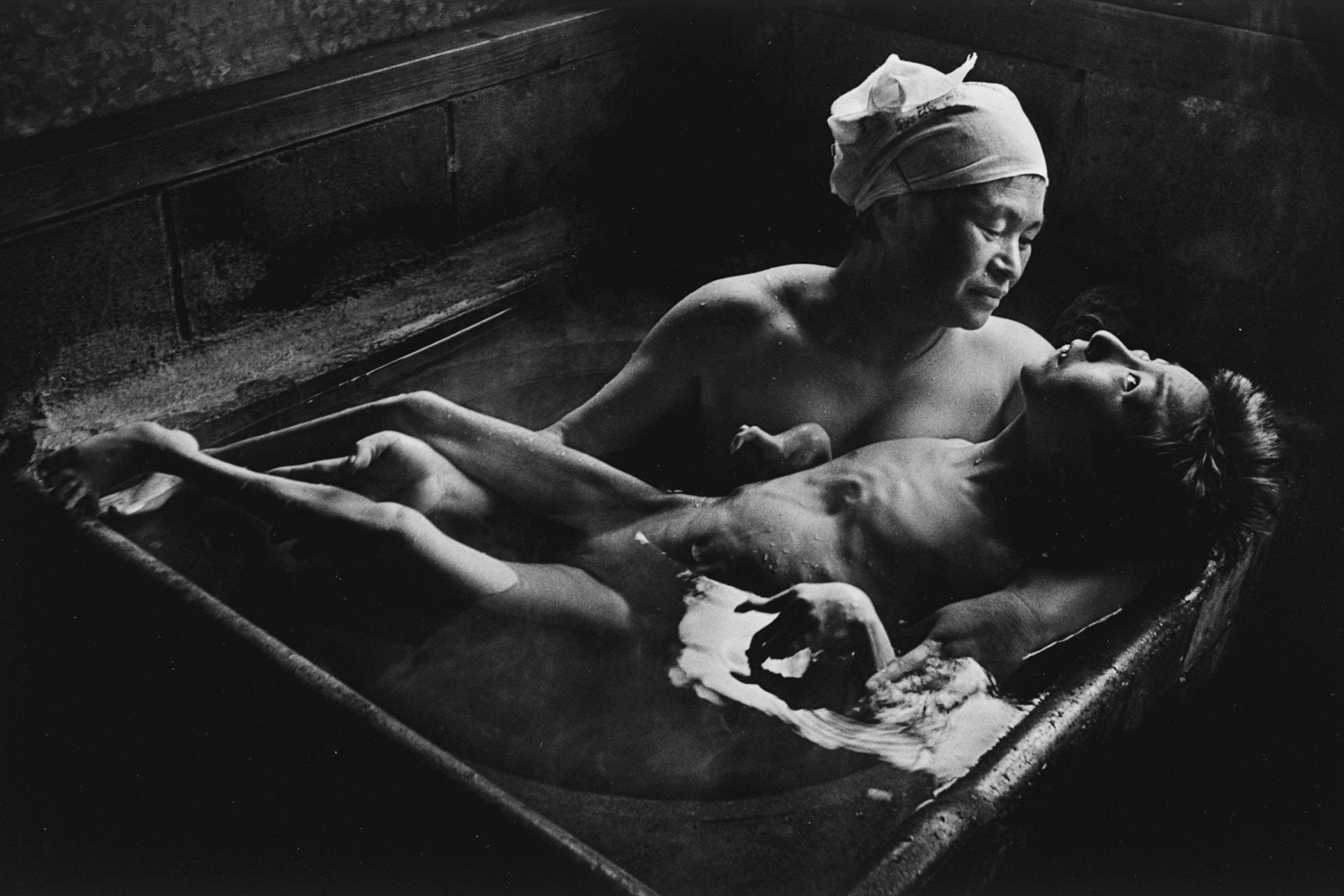
W. Eugene Smith. Tomoko Uemura in her bath, Minamata, Japan, 1972
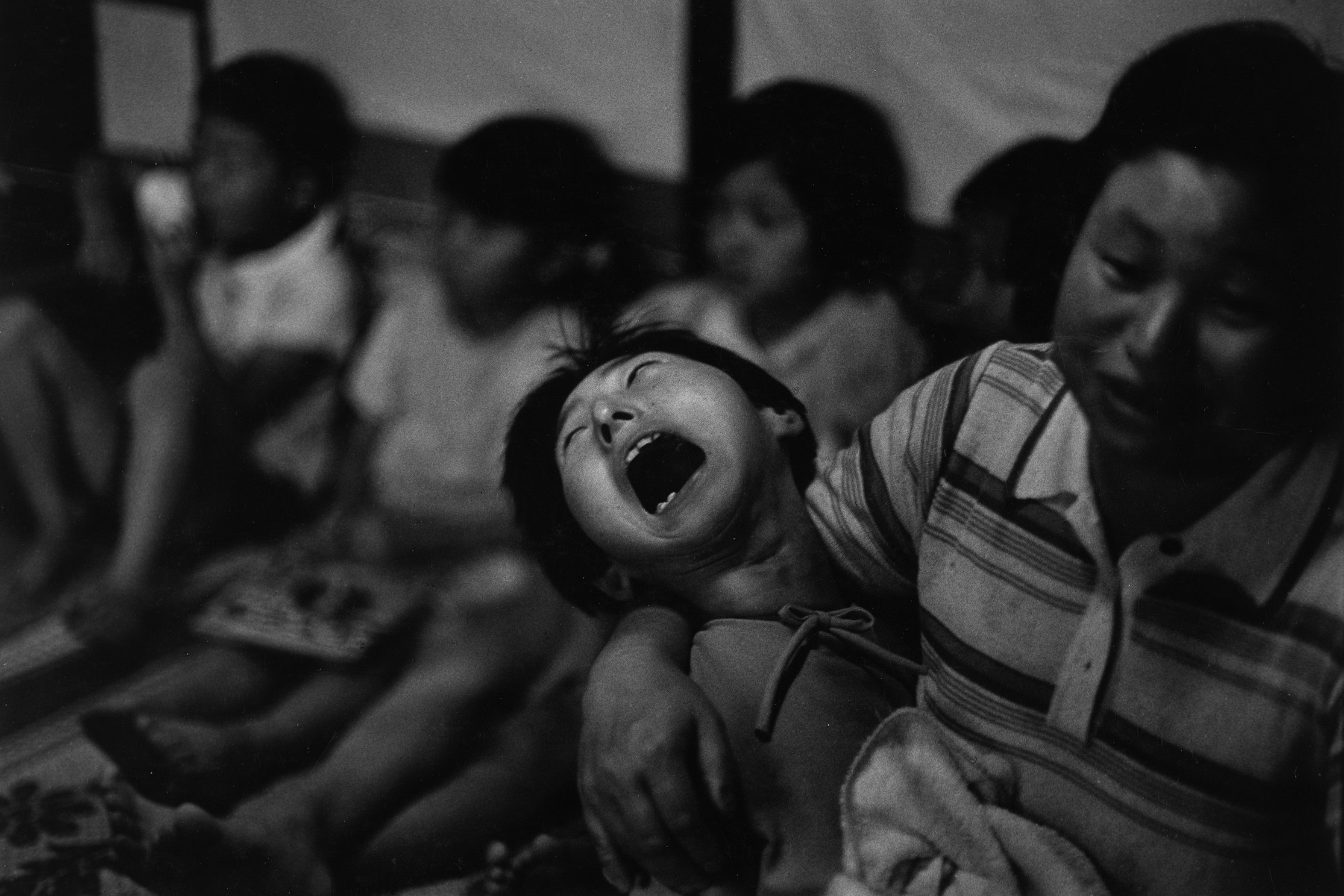
W. Eugene Smith. Tomoko Uemura in her mother’s arms, Minamata, Japan, 1972
I’ve never made any picture, good or bad, without paying for it in emotional turmoil. – W. Eugene Smith
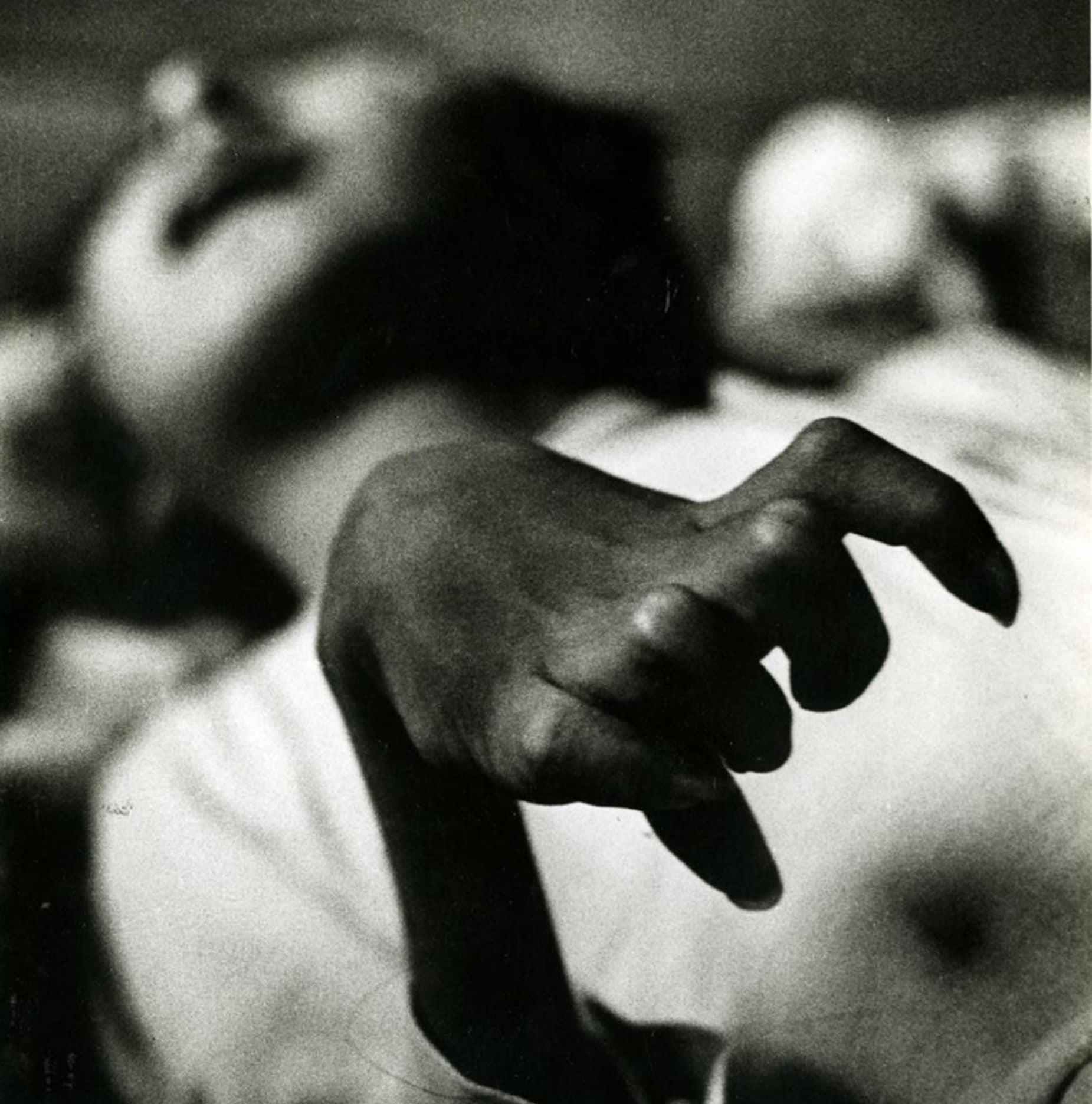
W. Eugene Smith. Iwazu Funaba’s Crippled Hand, Minamata, 1971
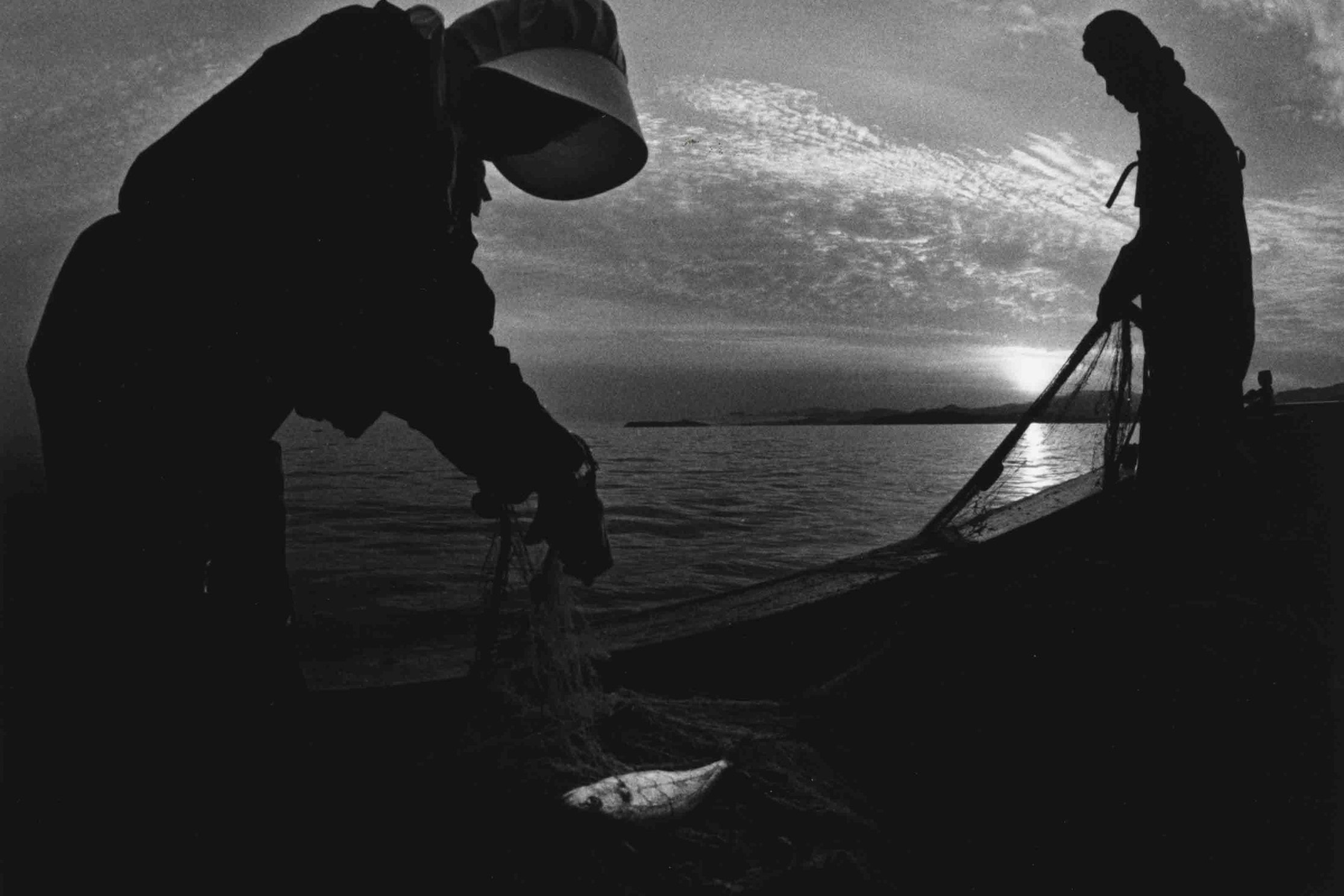
W. Eugene Smith. Fisherwomen of Minamata, Japan, 1971
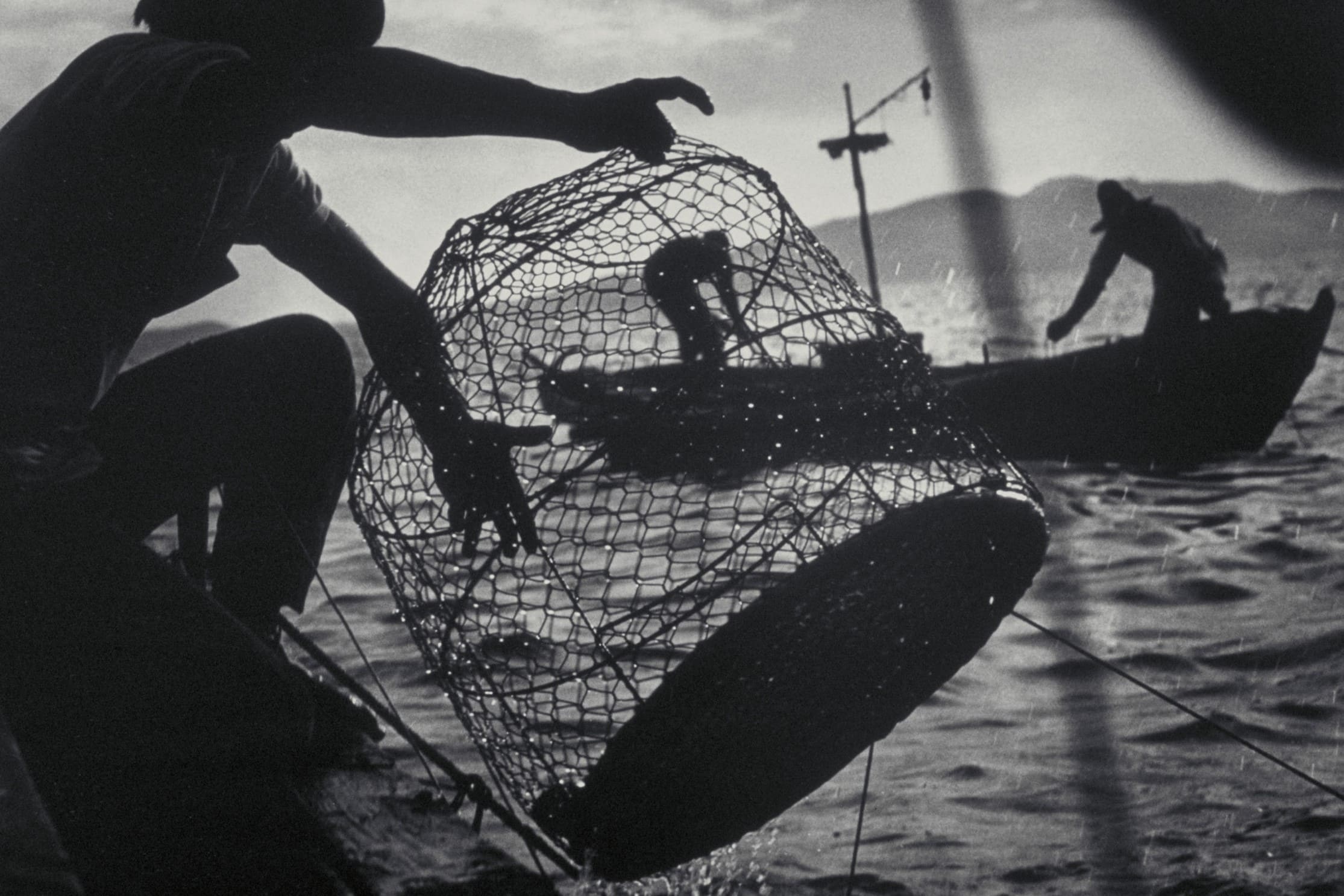
W. Eugene Smith. Fishing, Minamata Bay, Japan, 1971-1973
Source Images and References
For more inspiration
Be sure to check out our Creative Photography Programme for 9 sessions worth of visually inspiring classes. It consists of separate modules that focus on creative and artistic photography where we emphasise design principles, visual language and storytelling principles.
You can register for the Creative Photography Programme HERE!



Leave A Comment